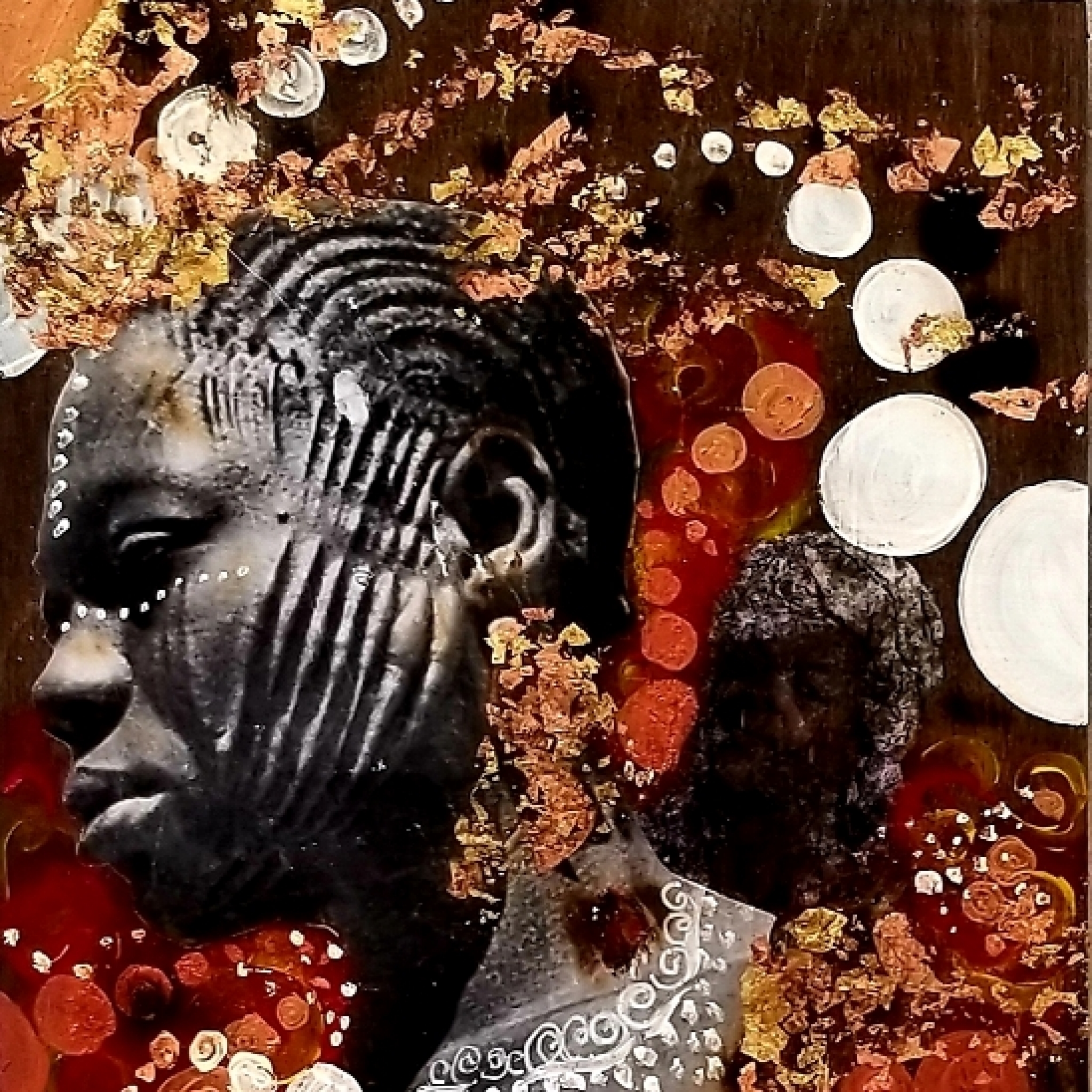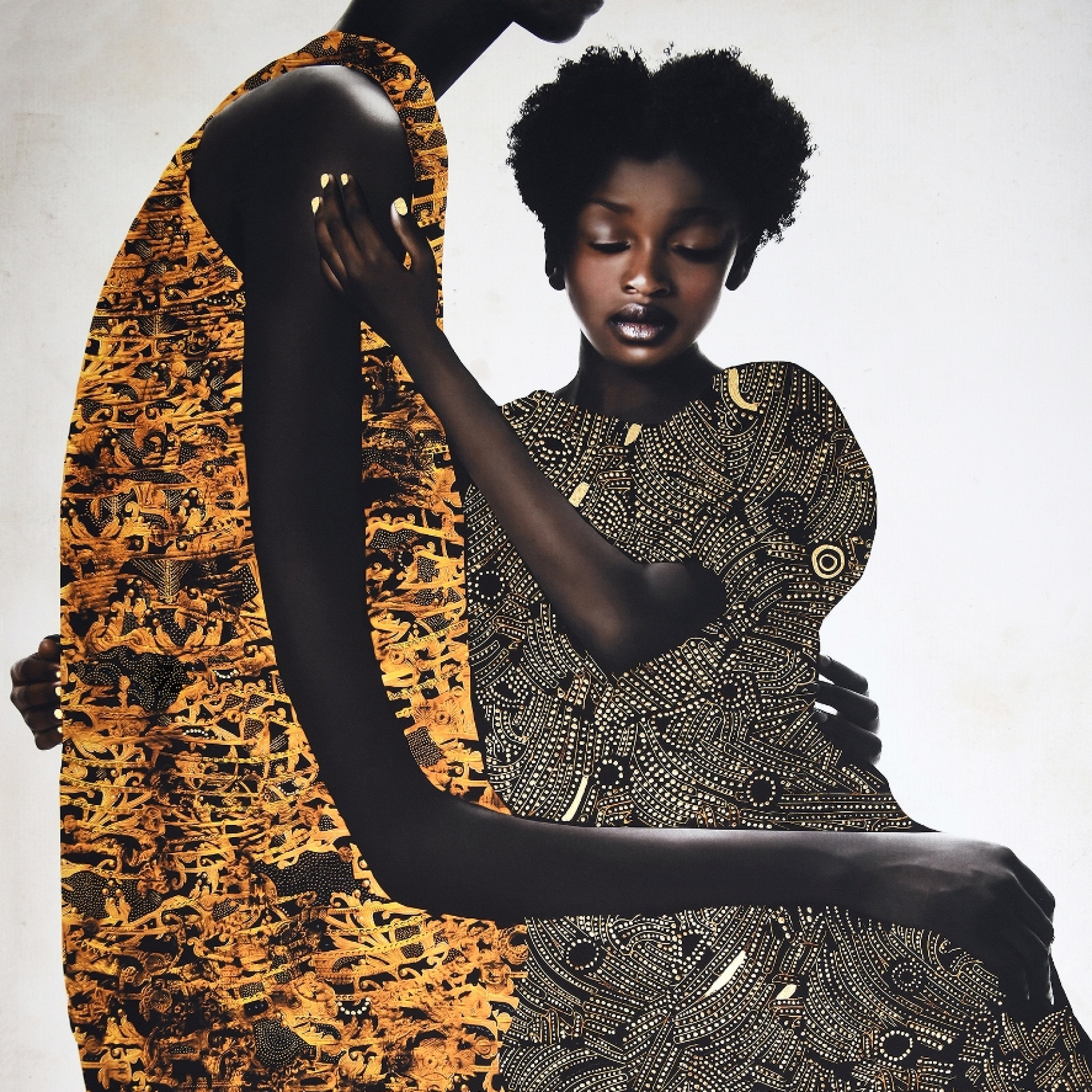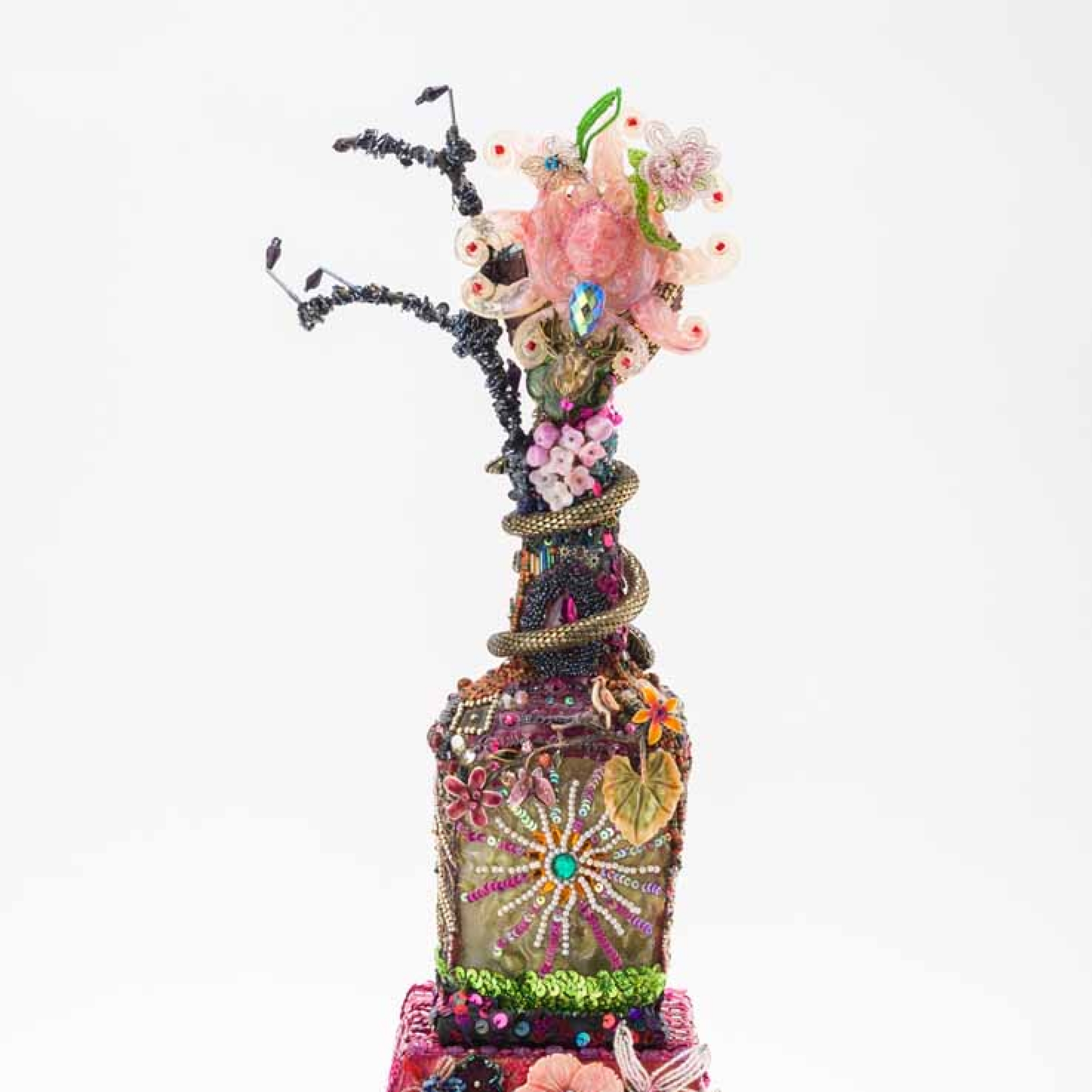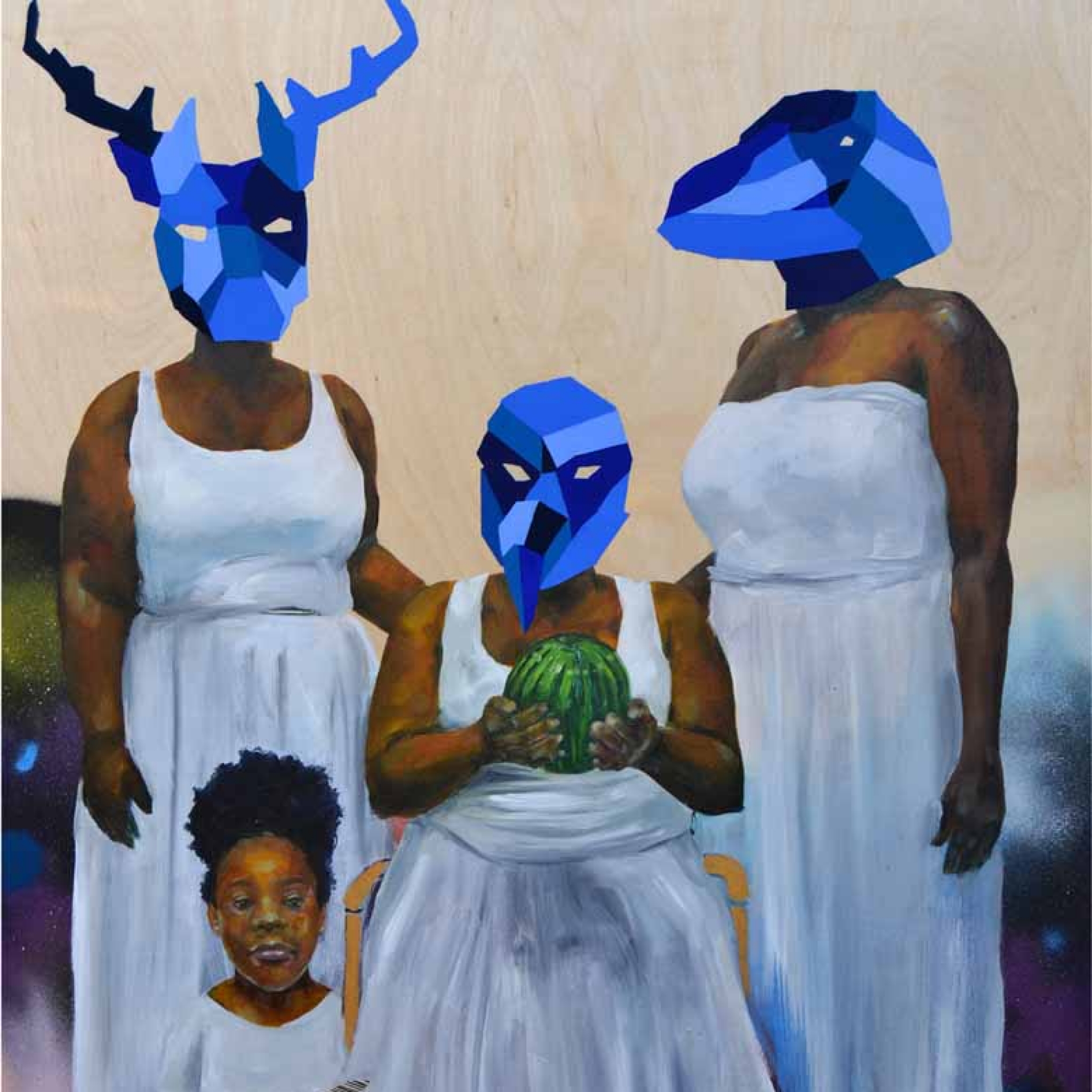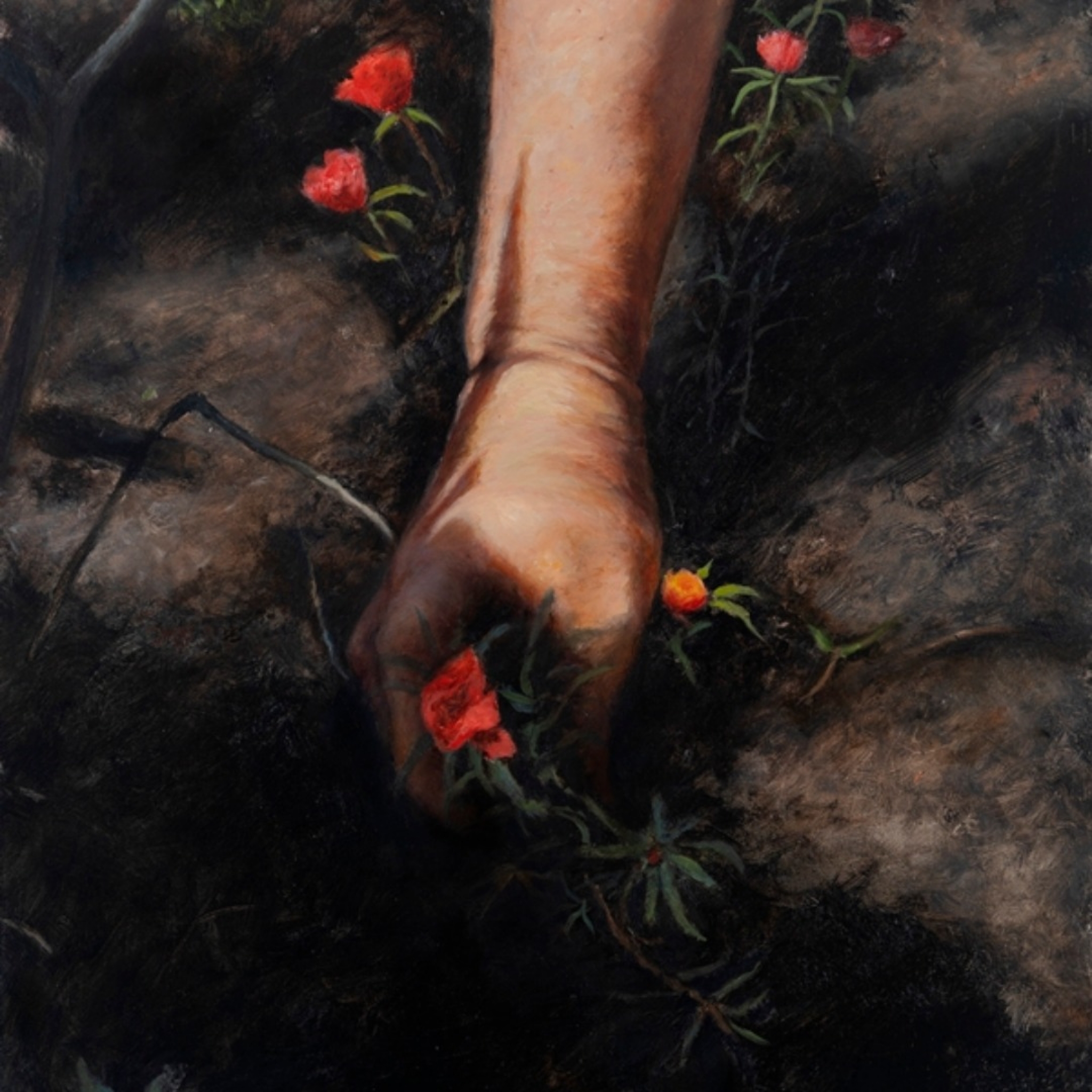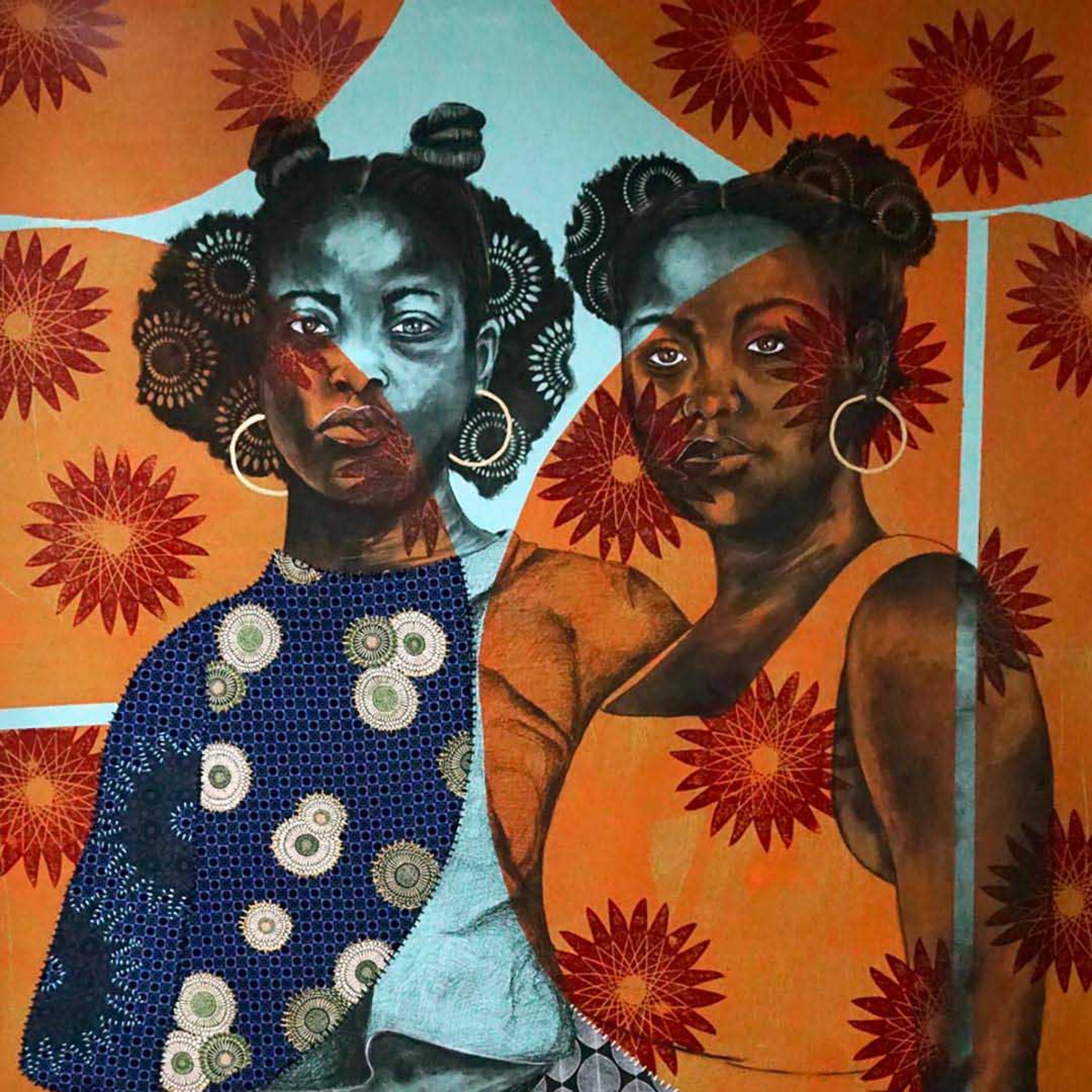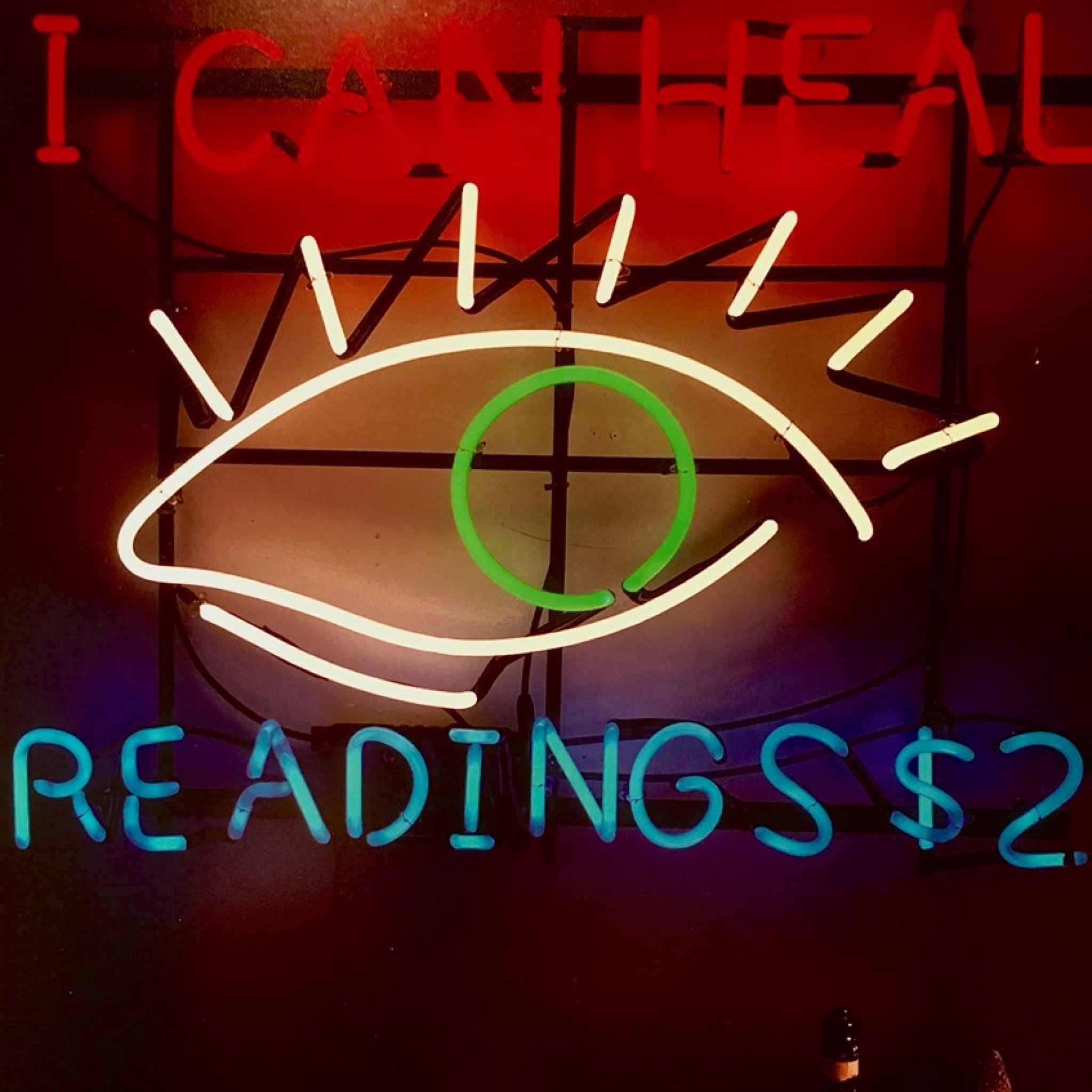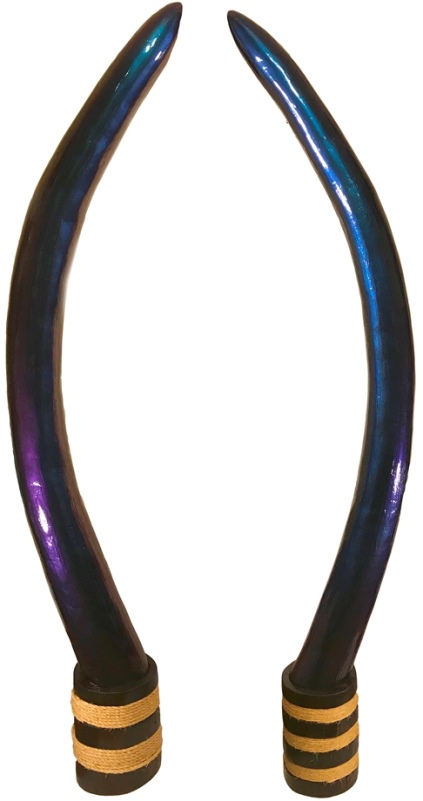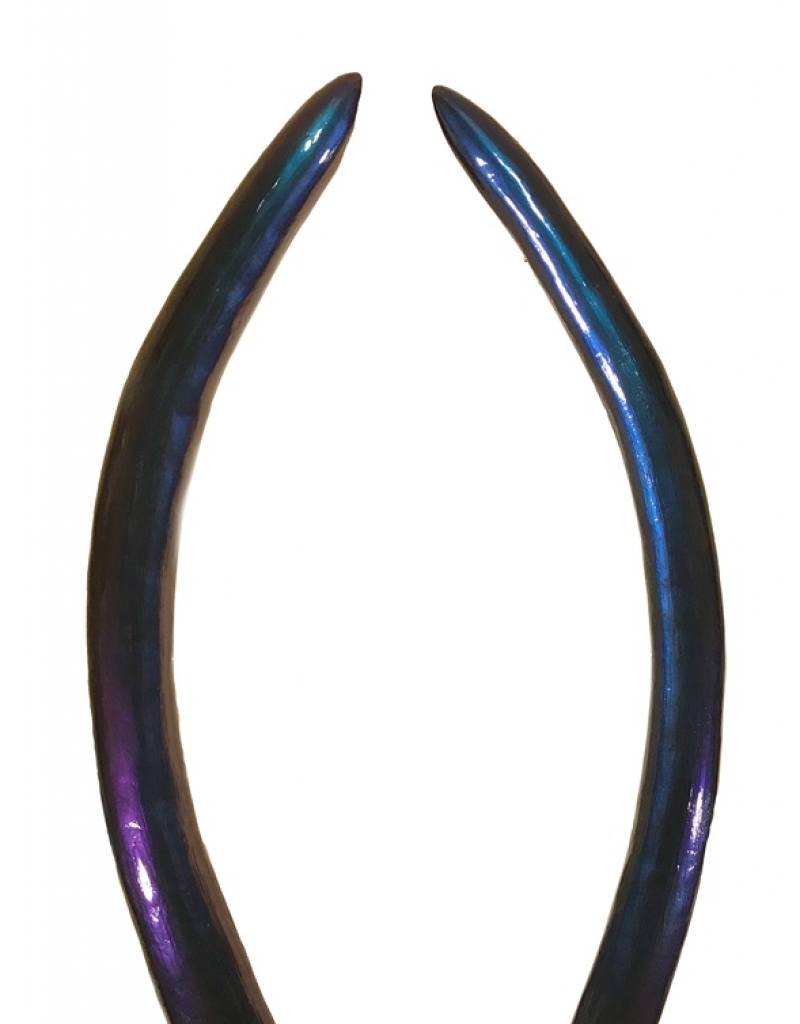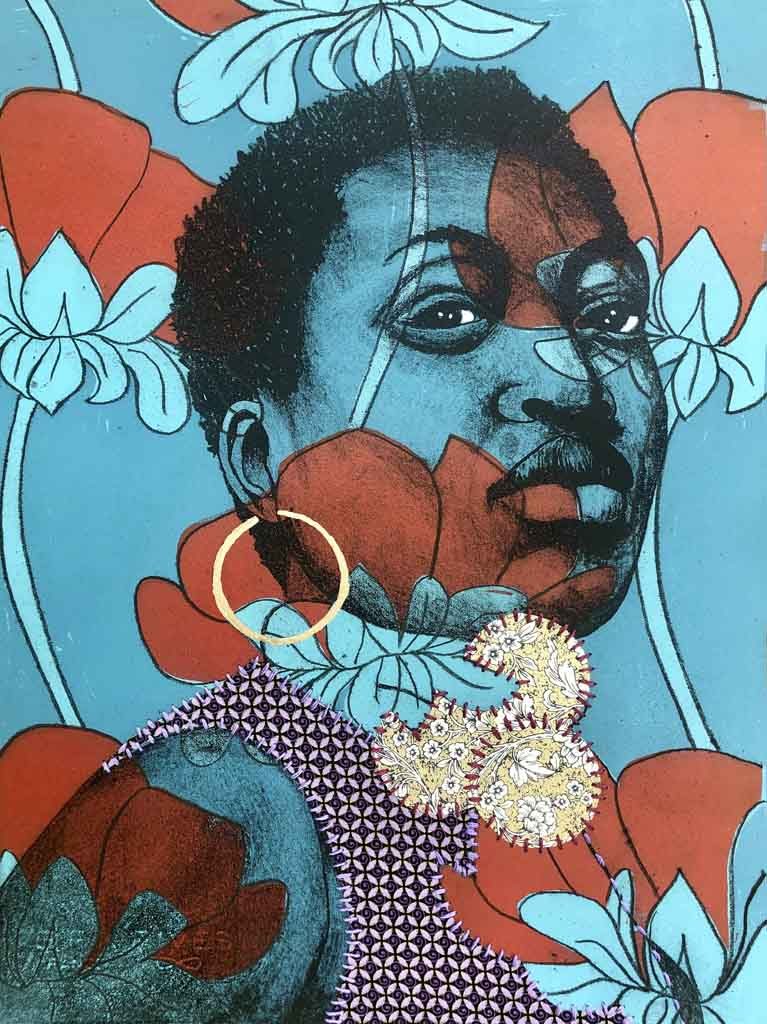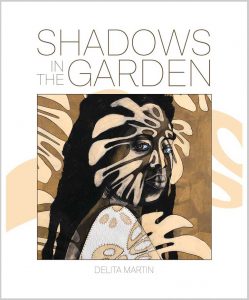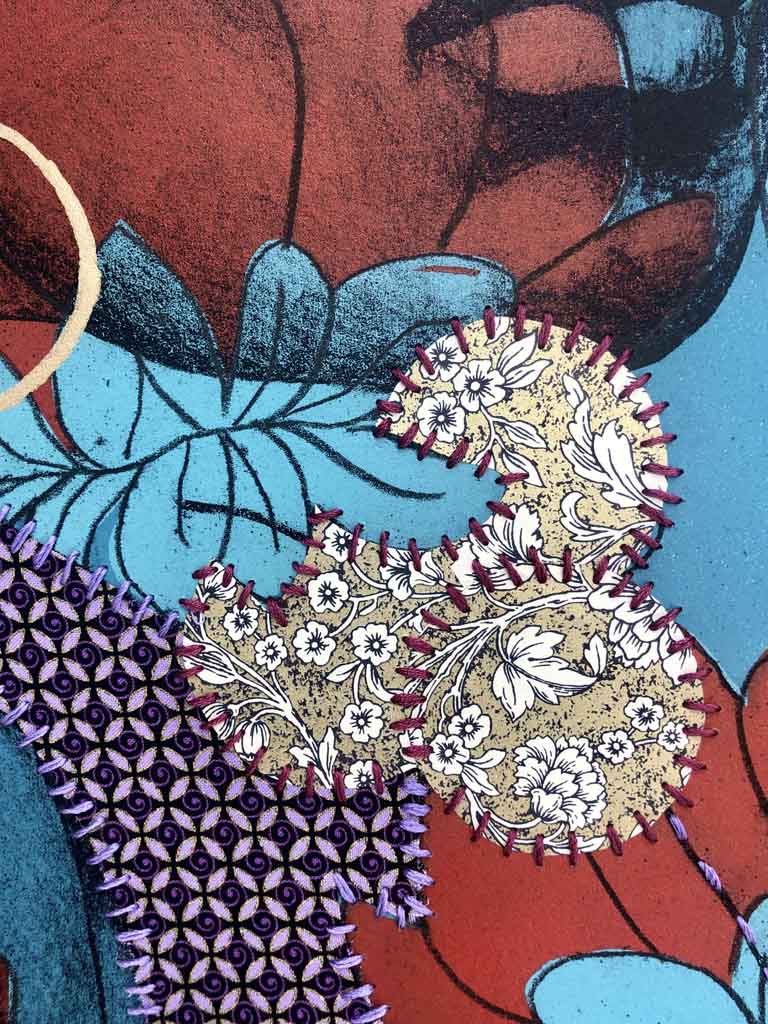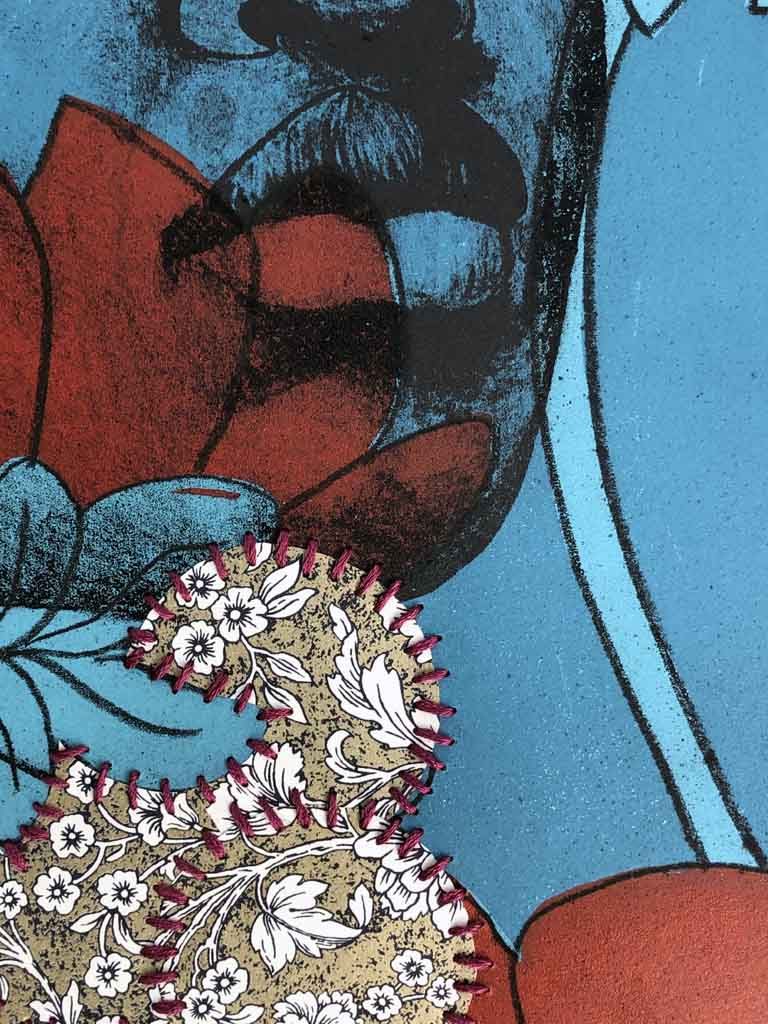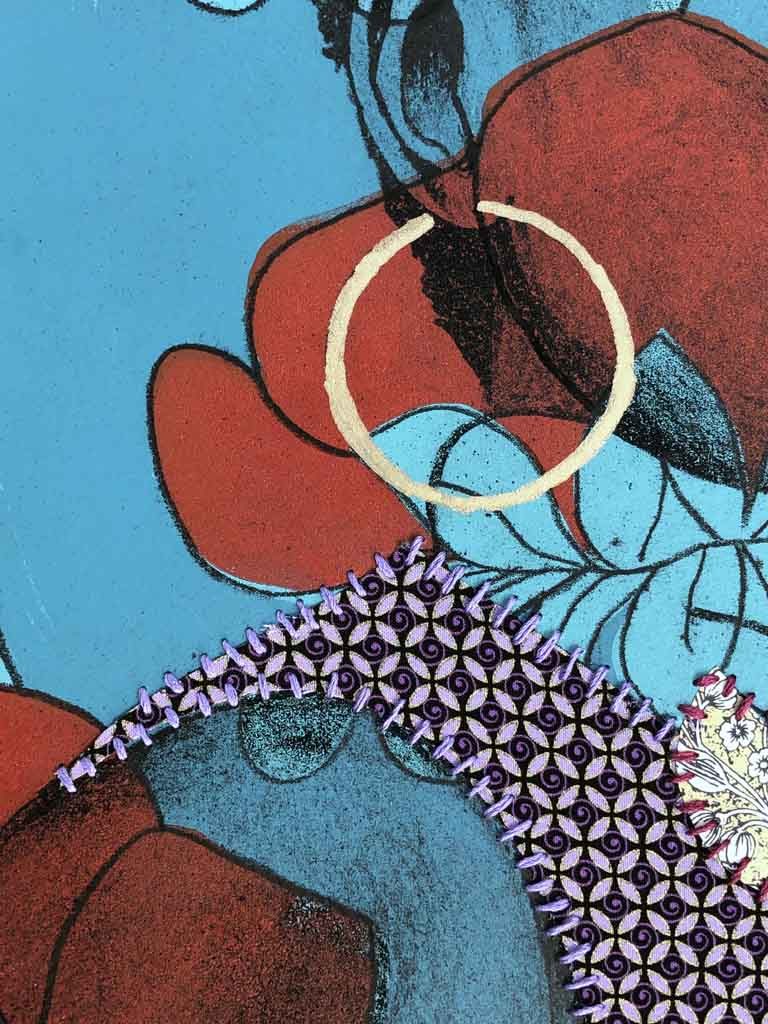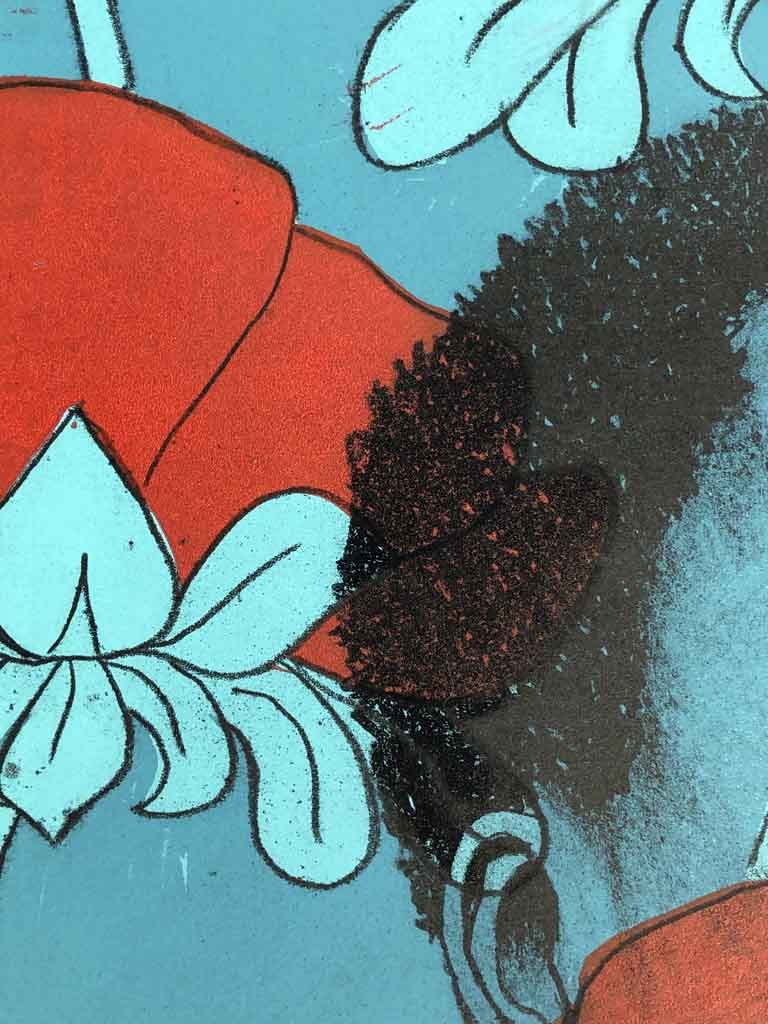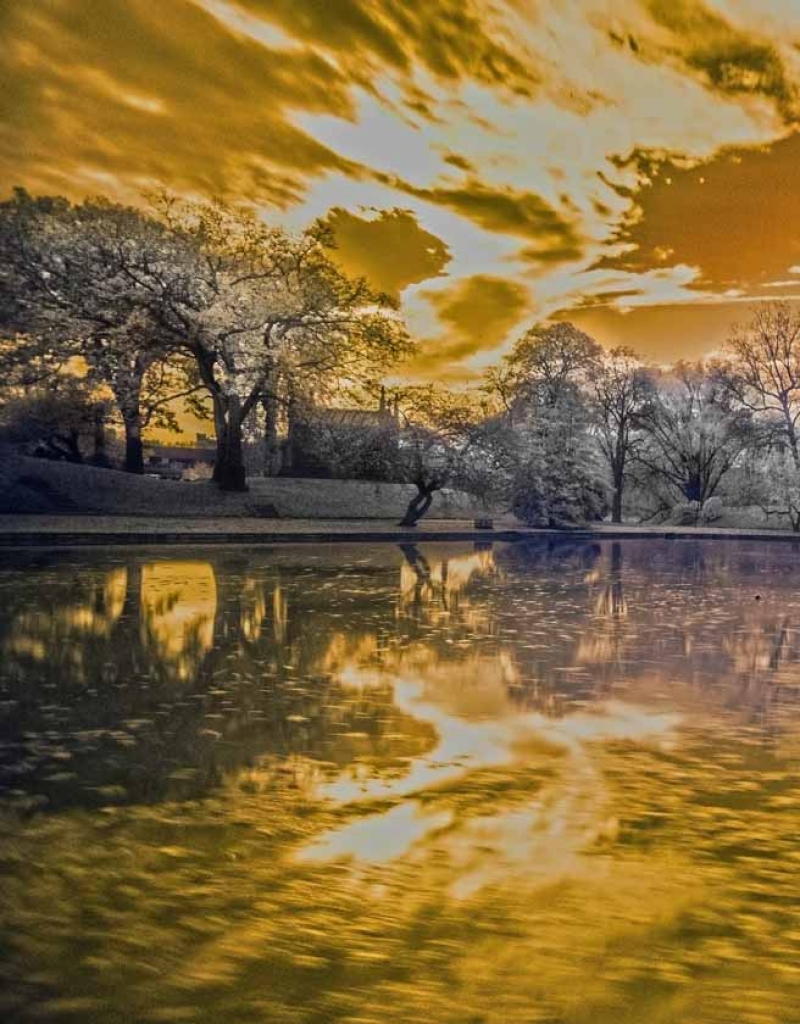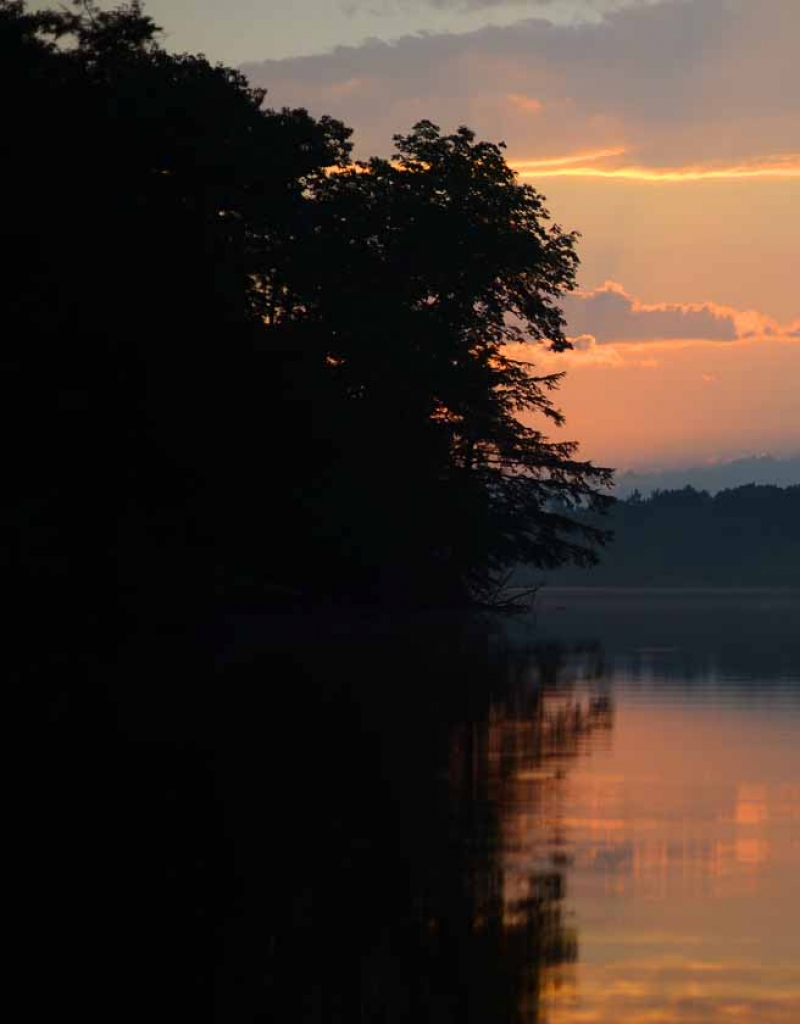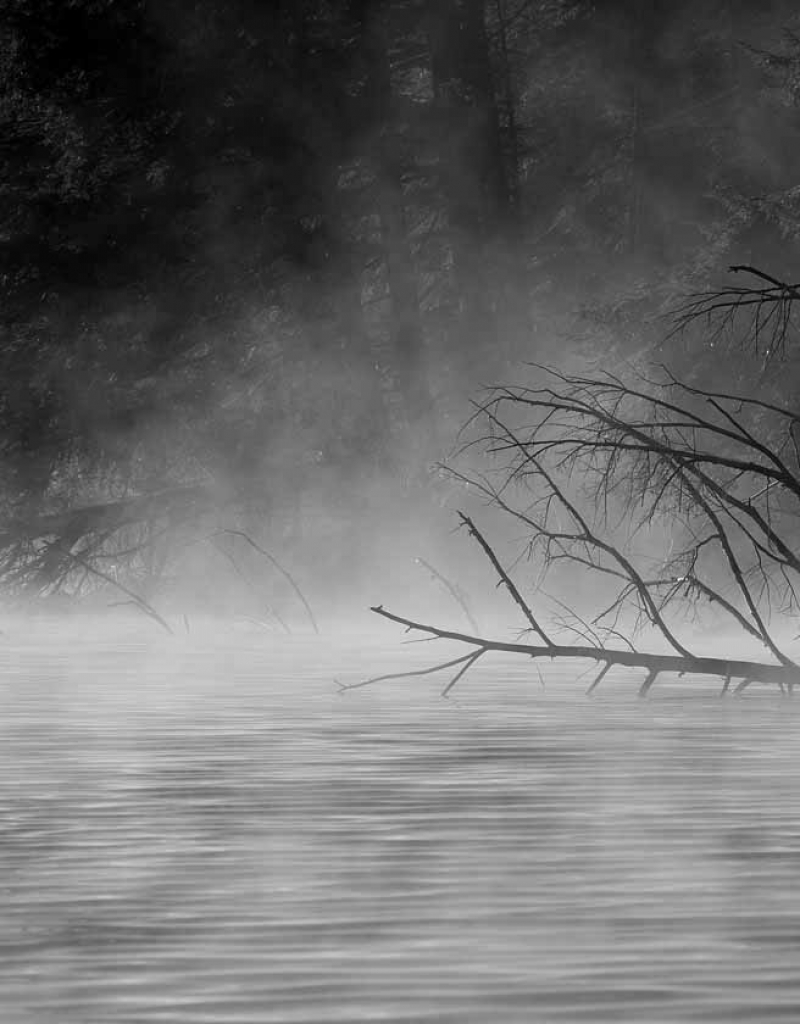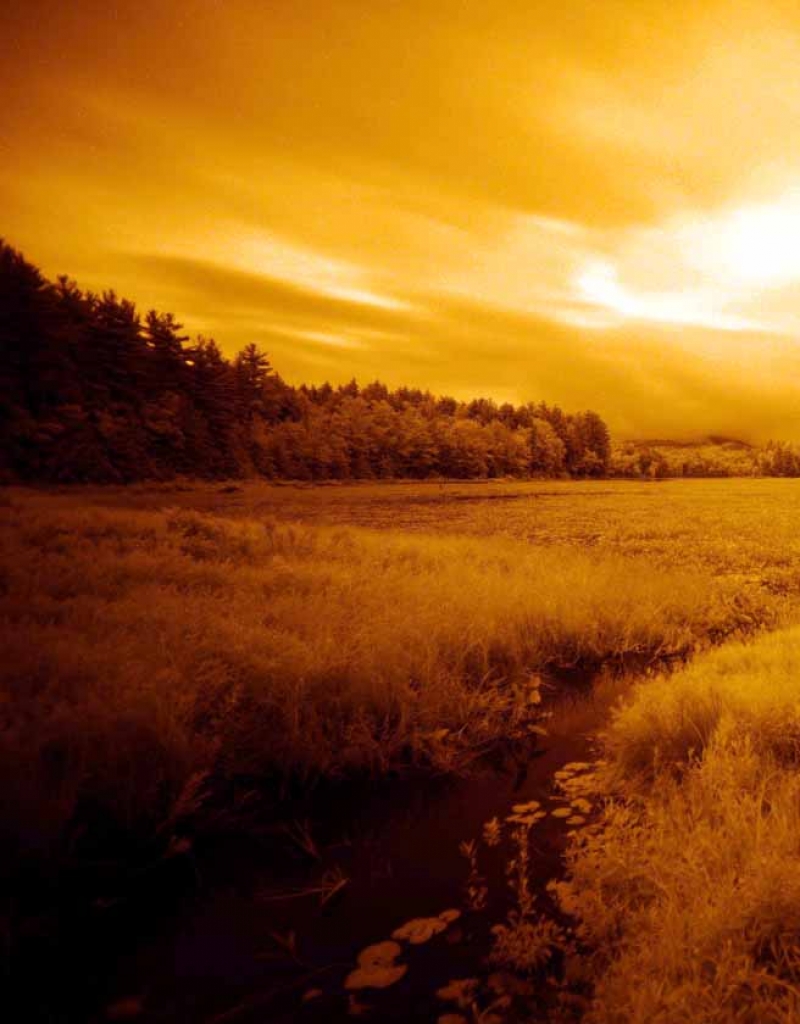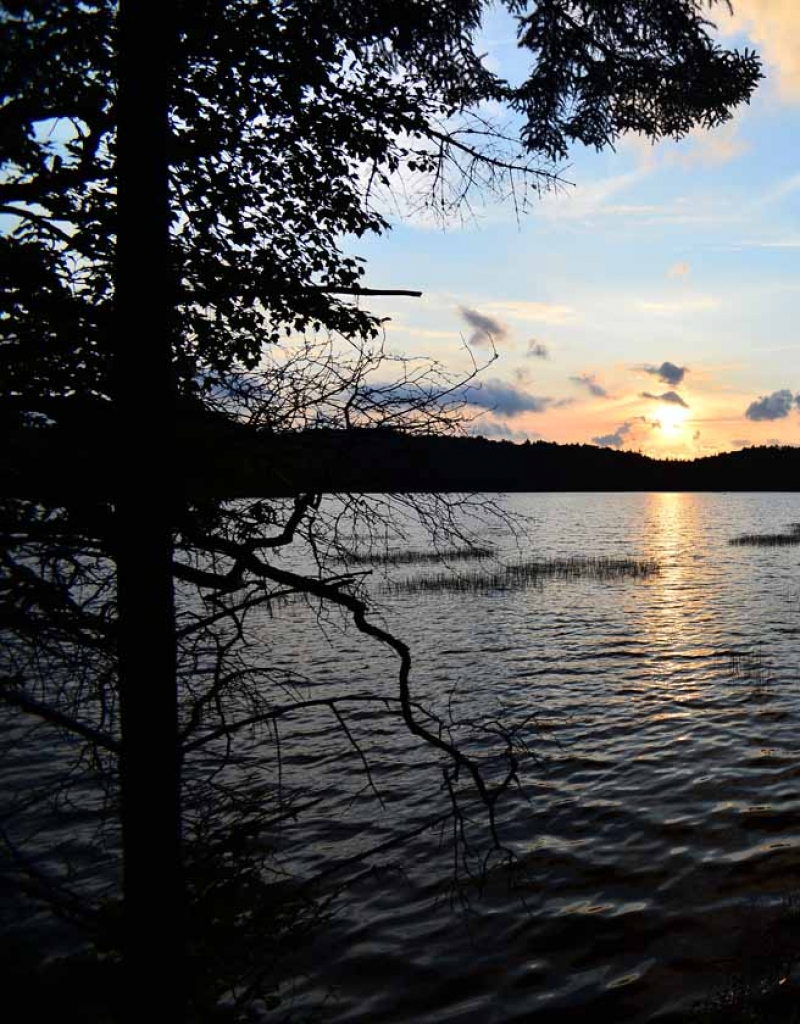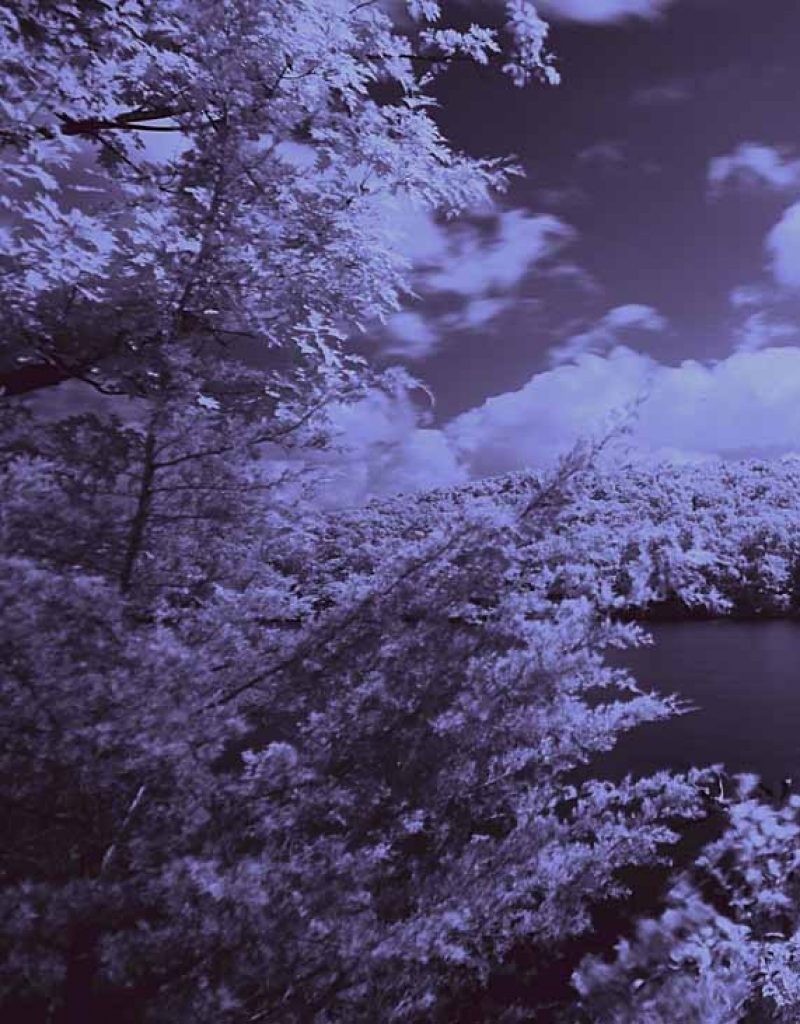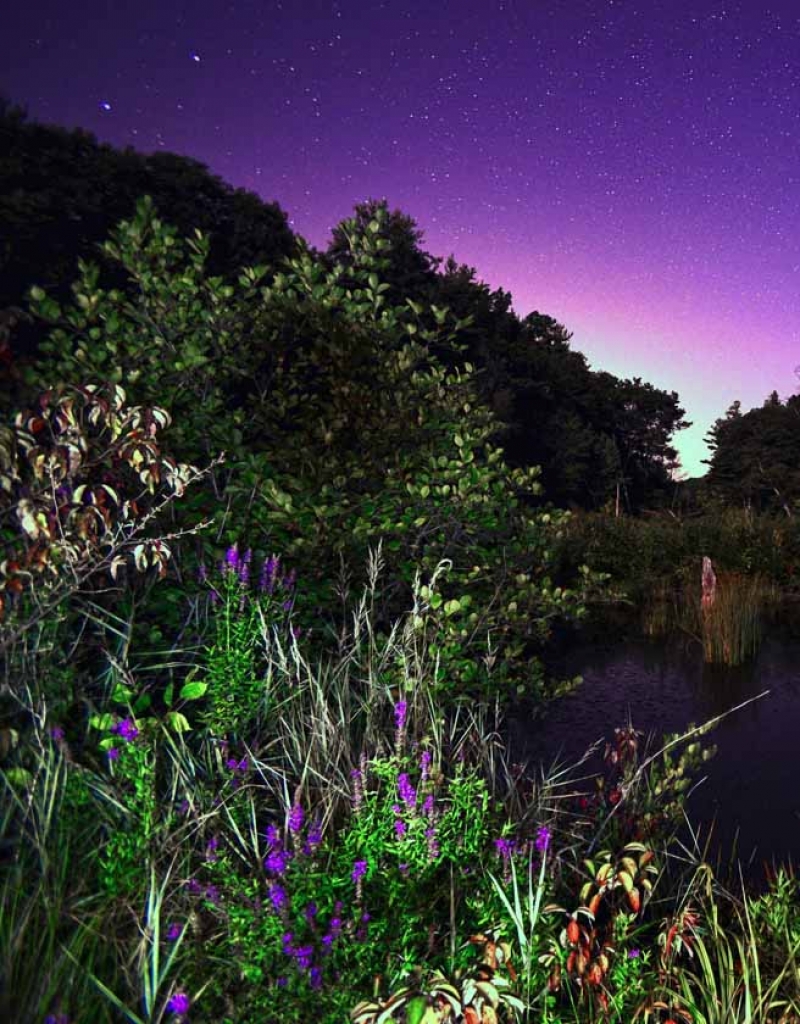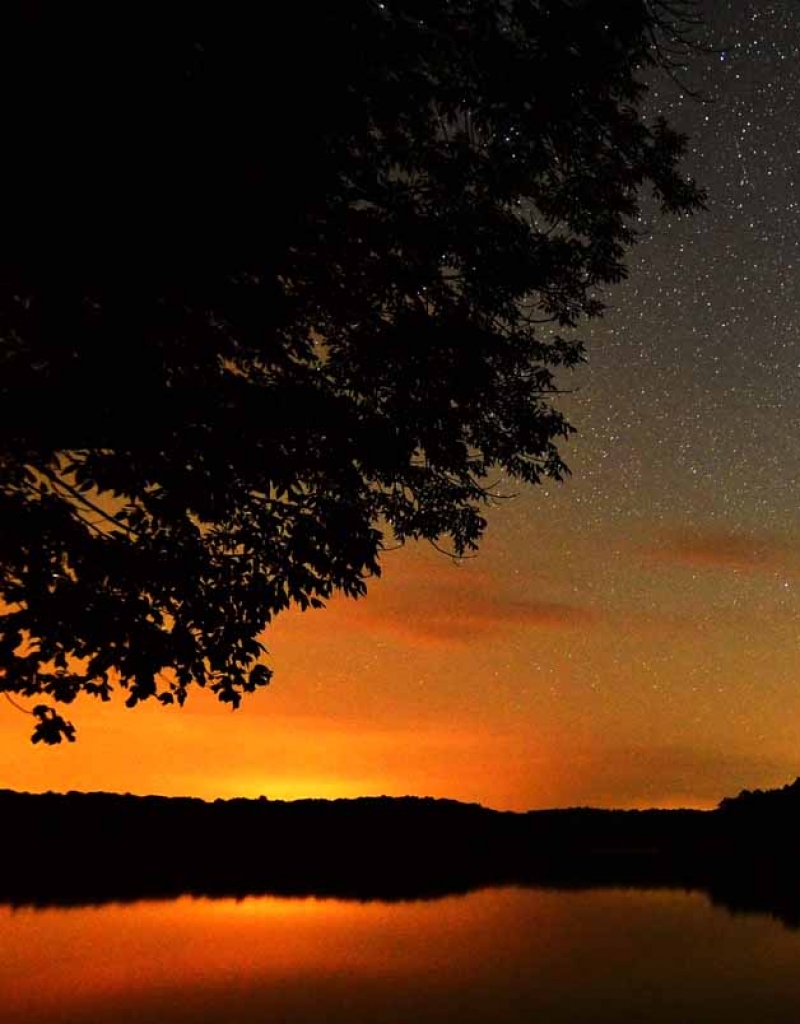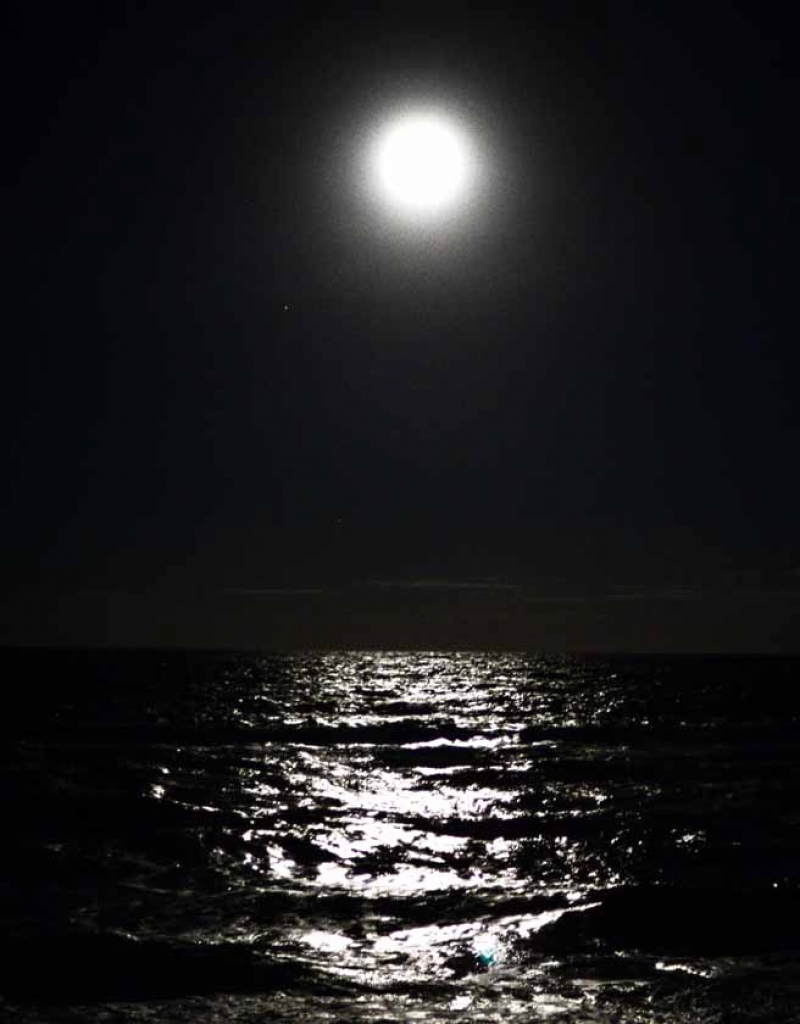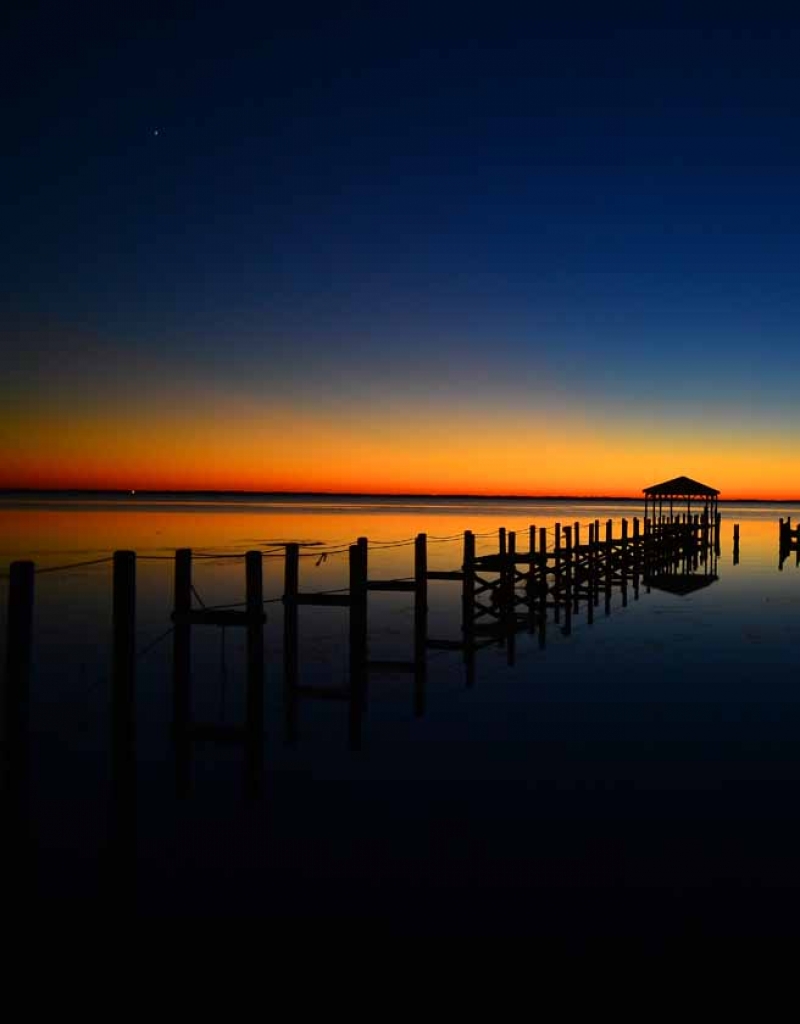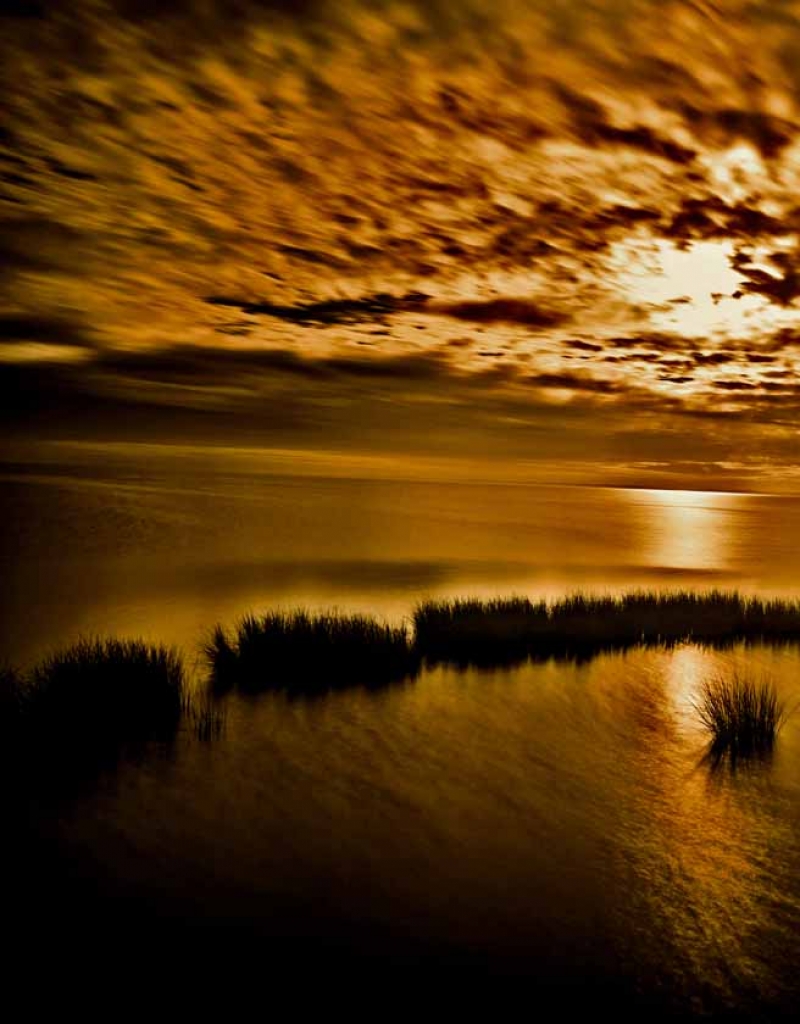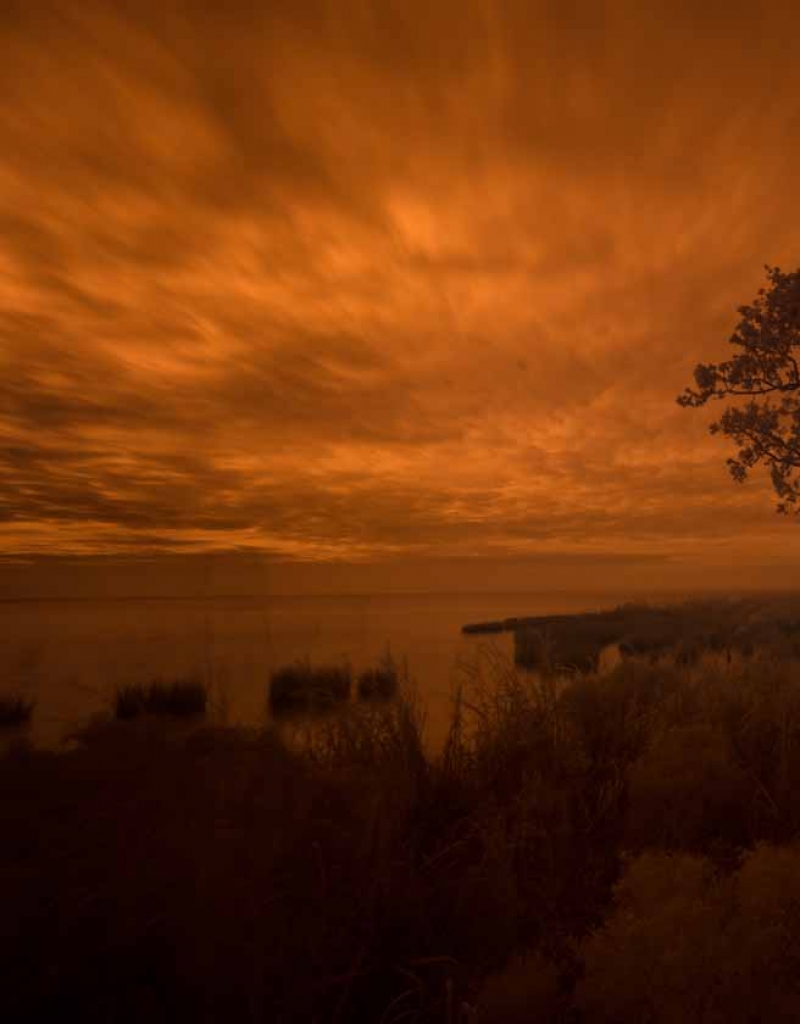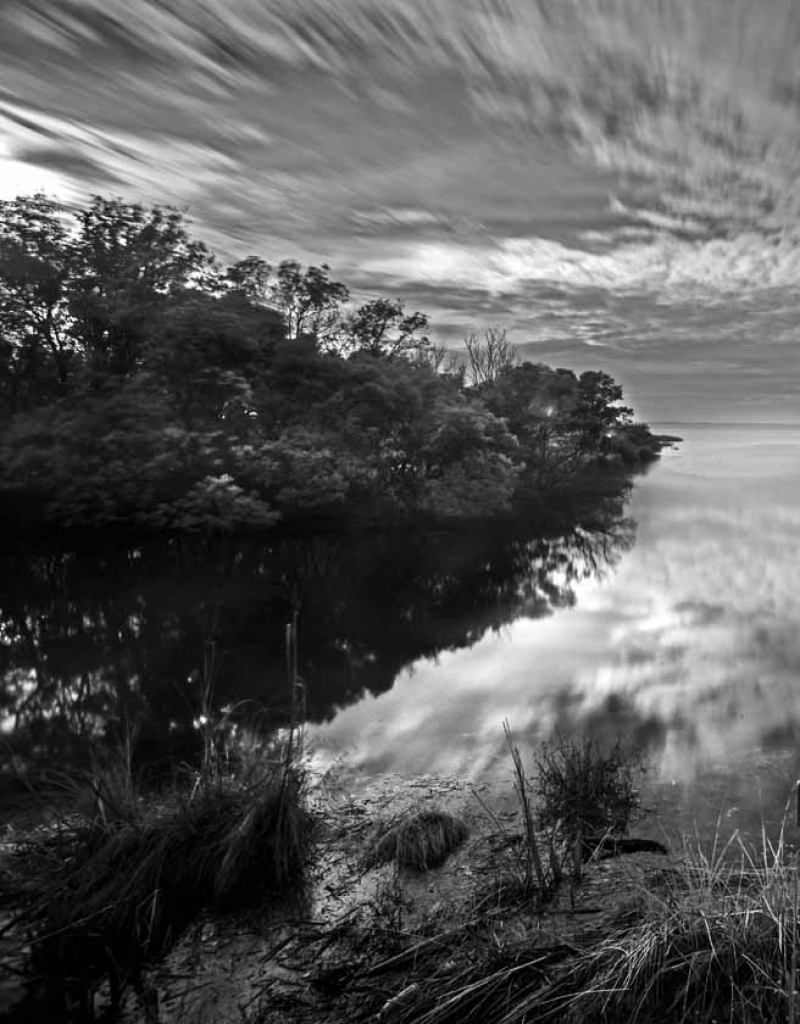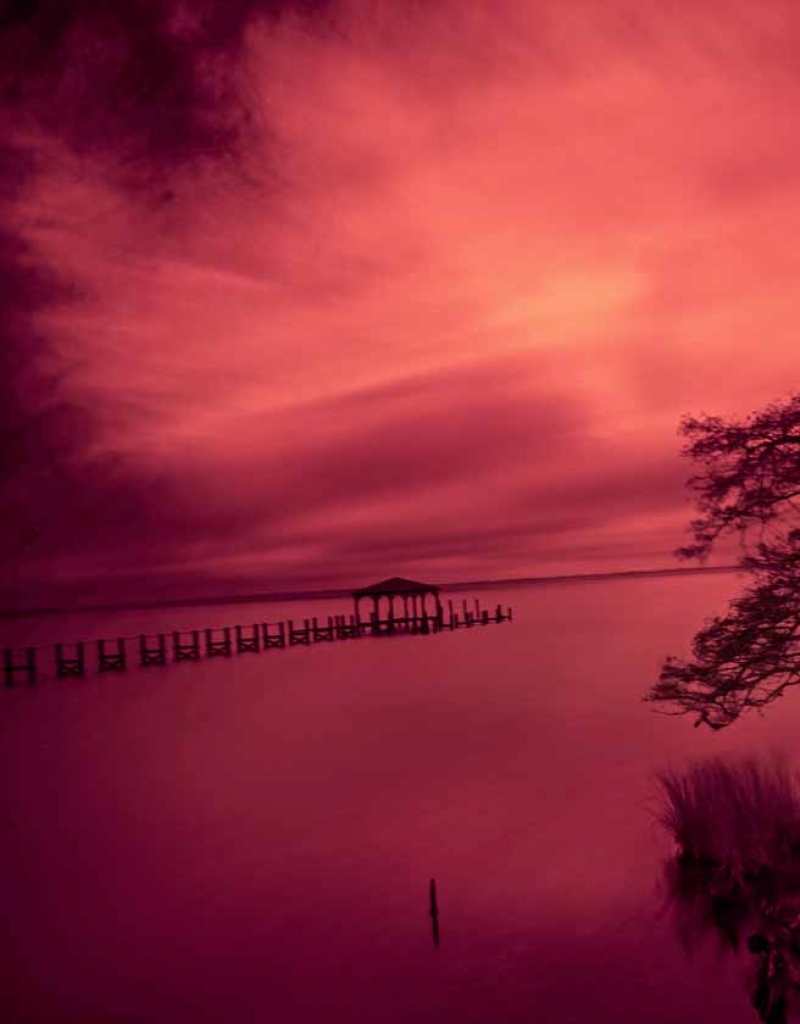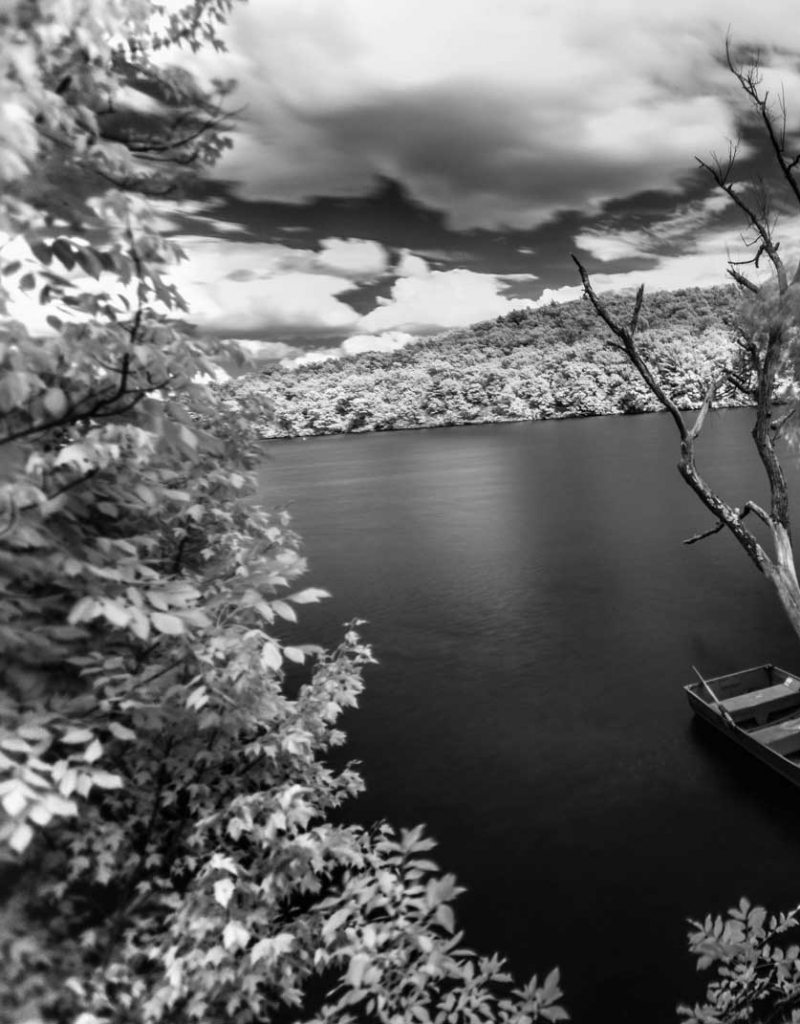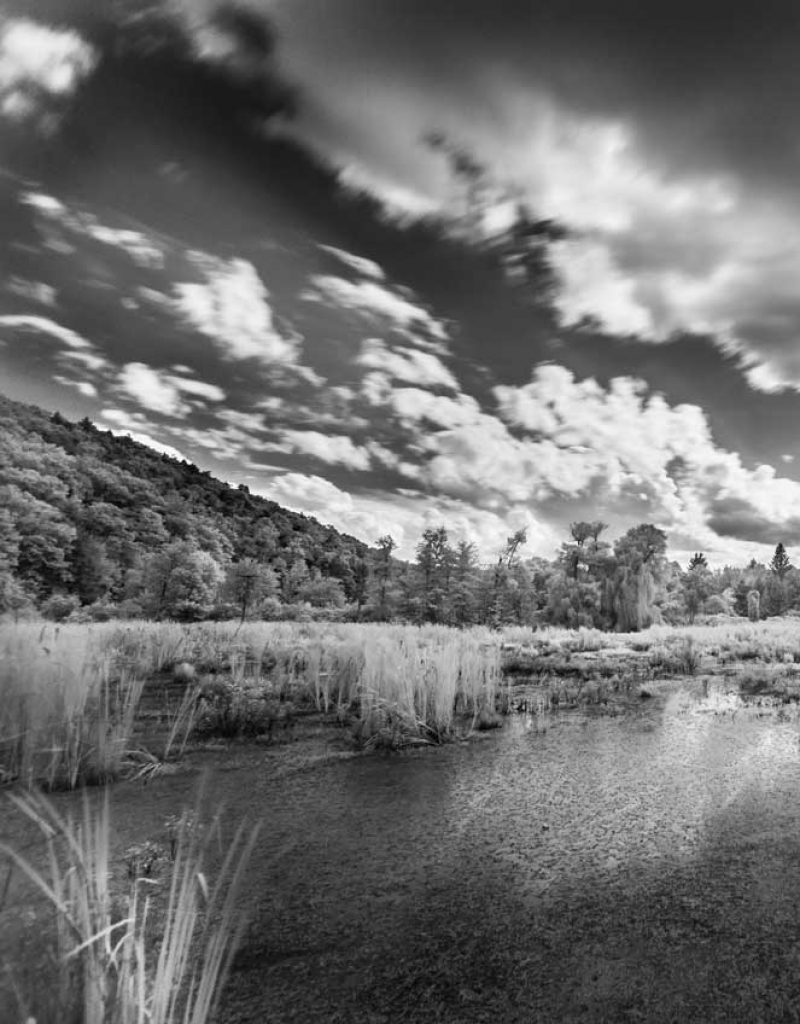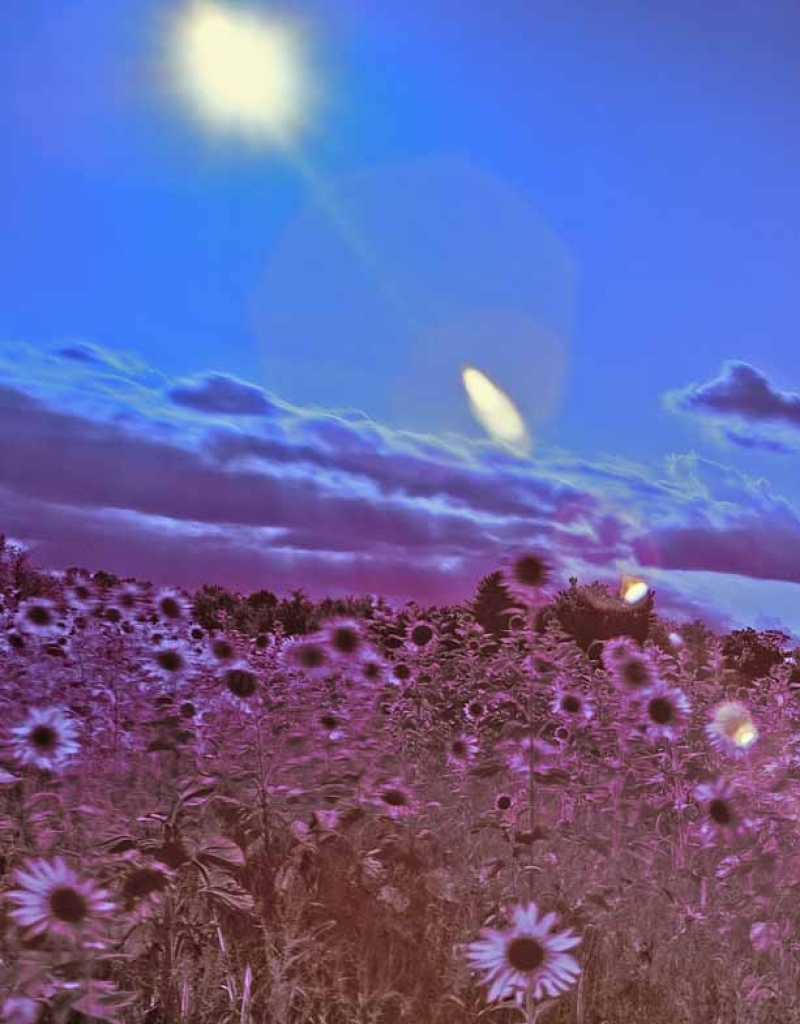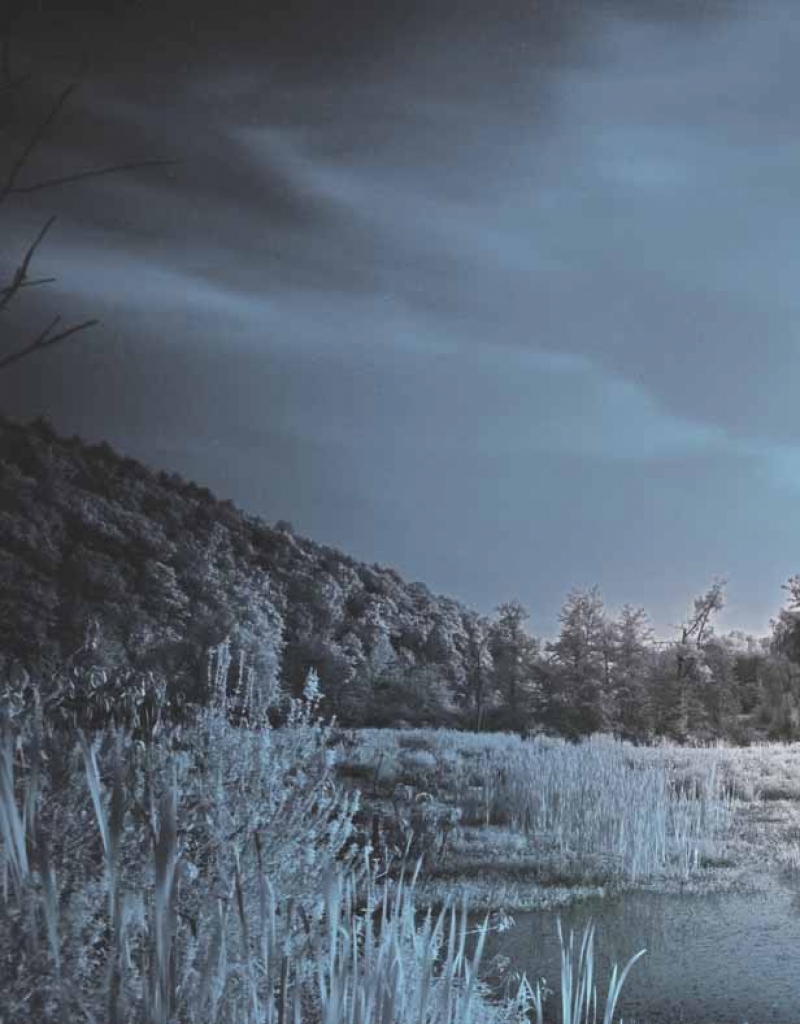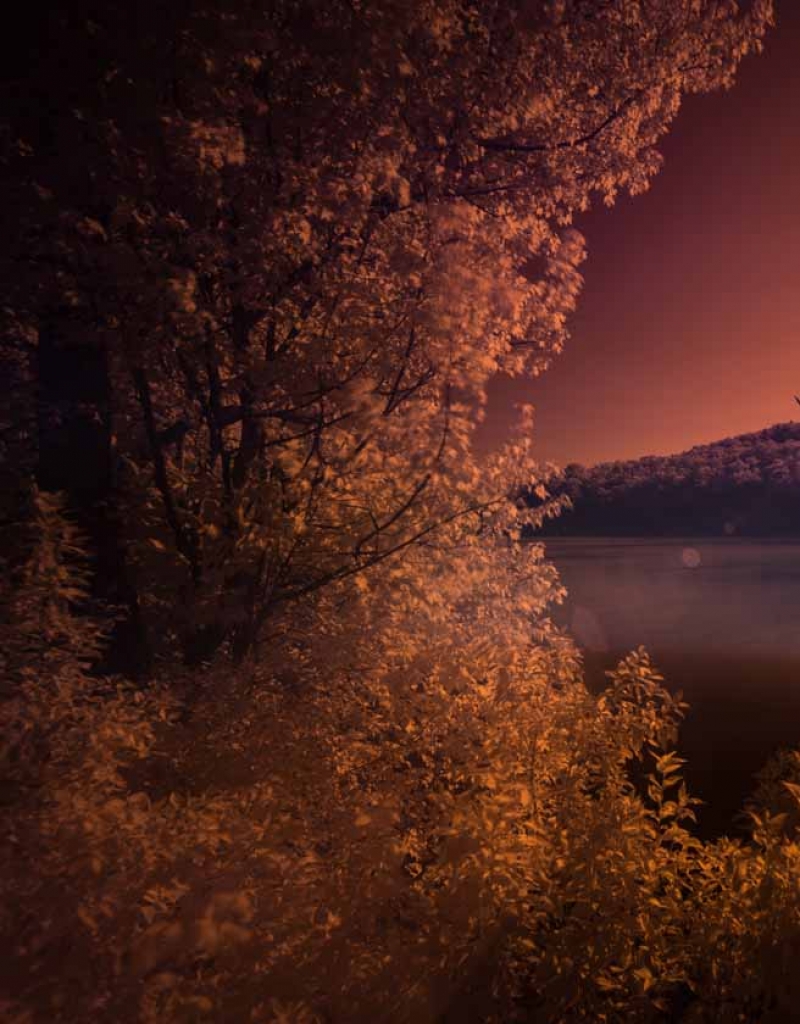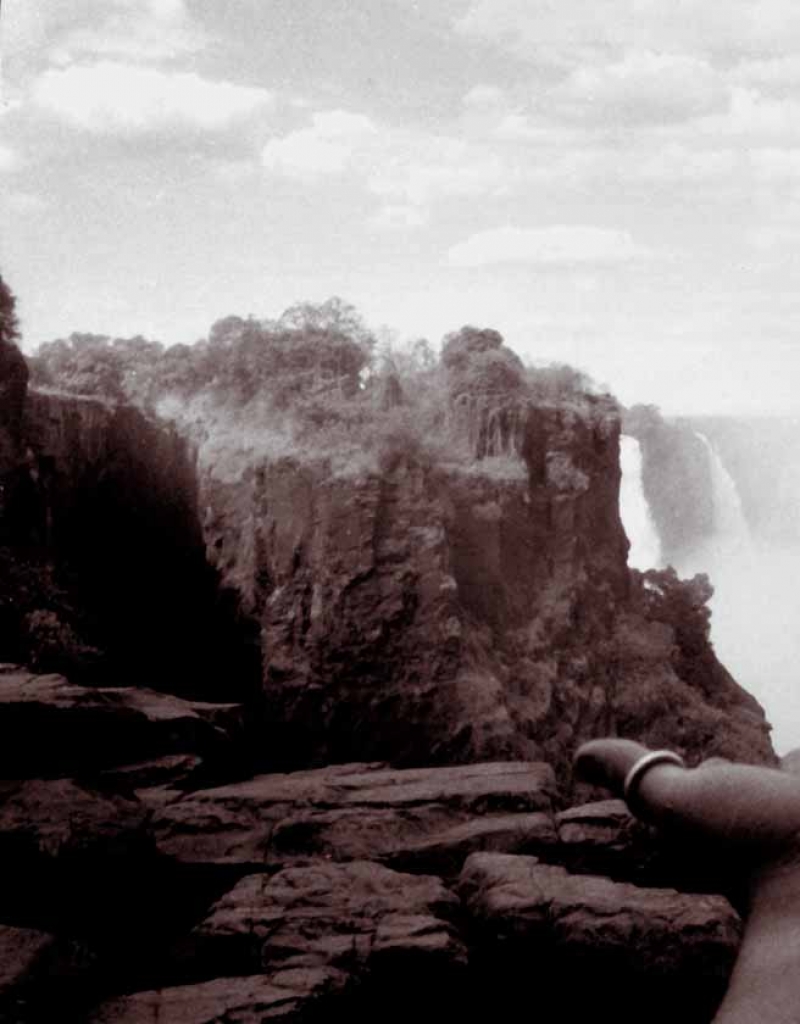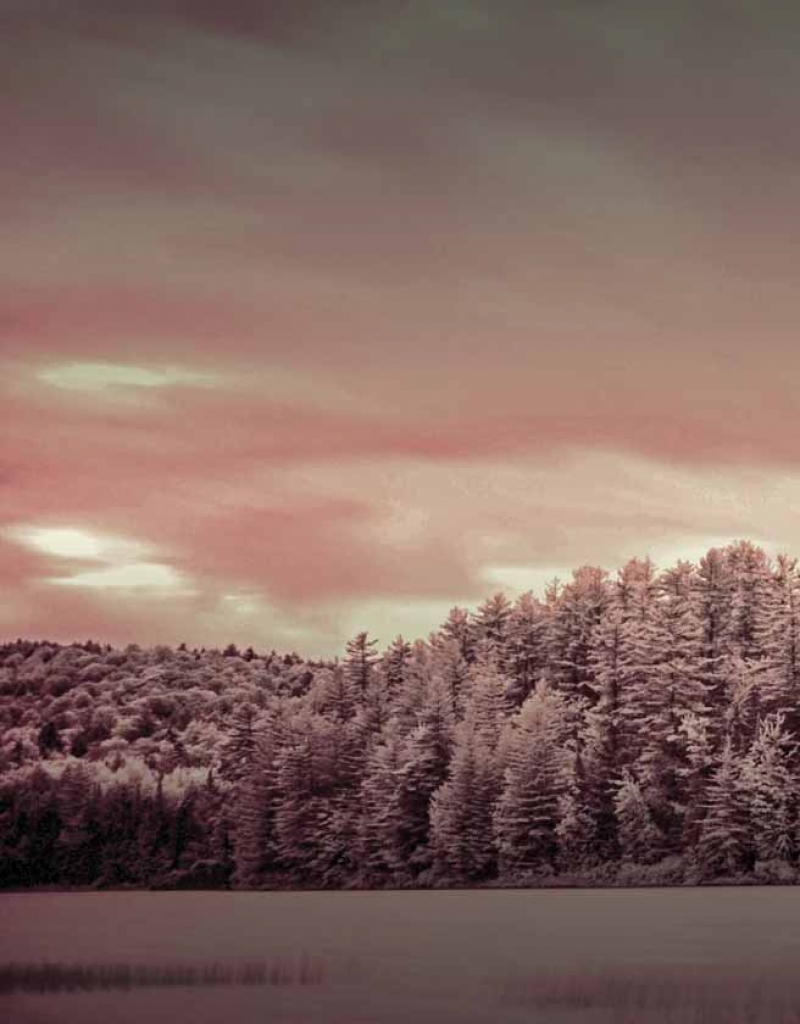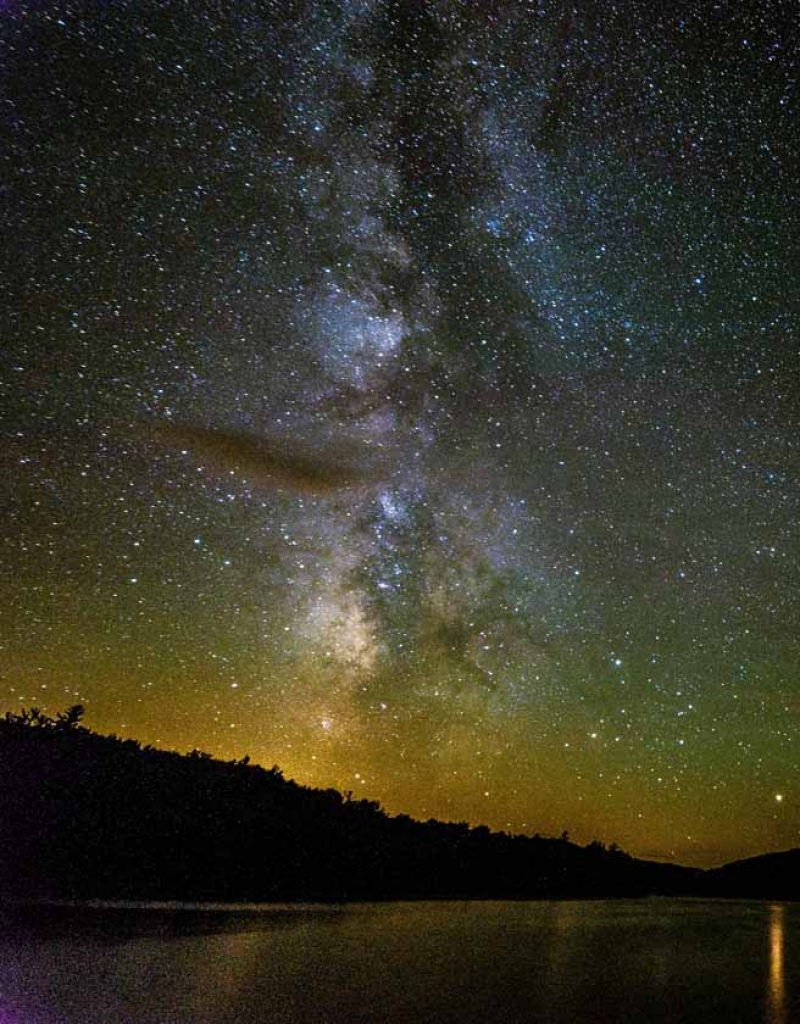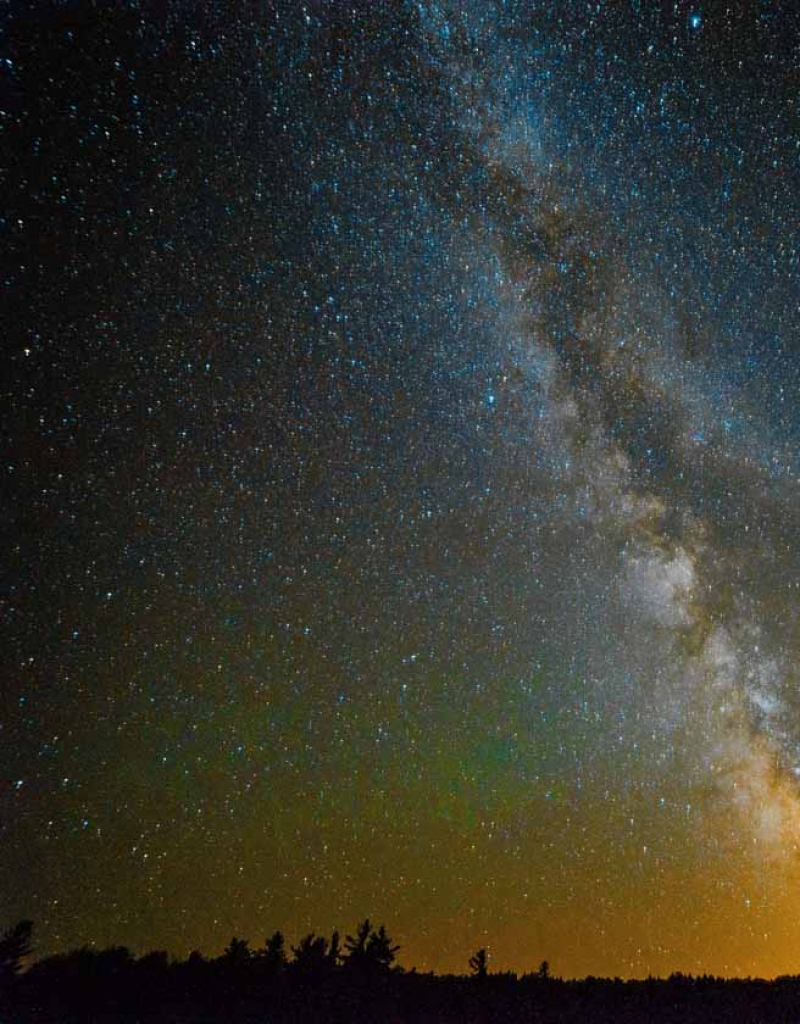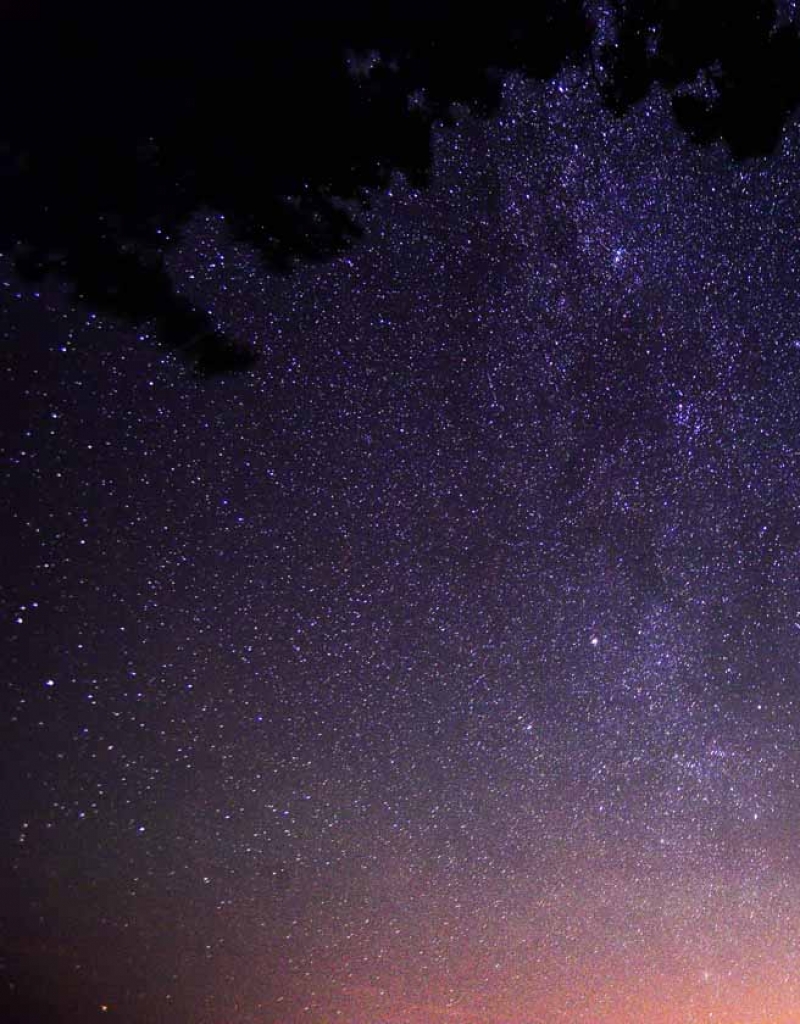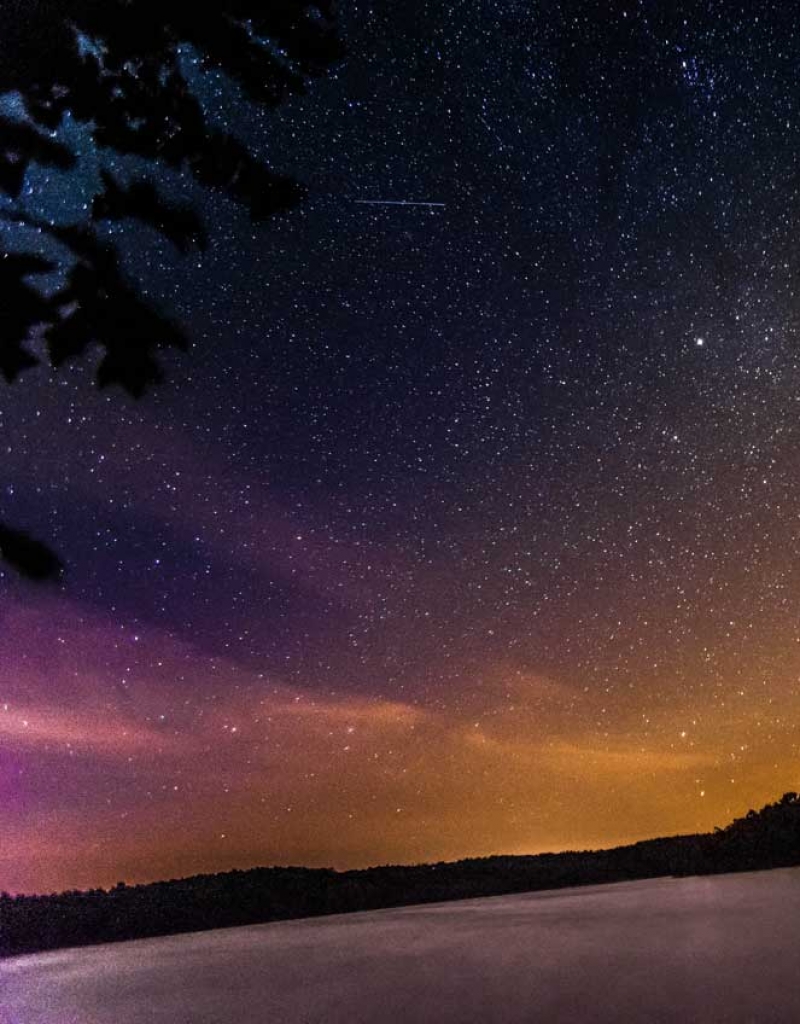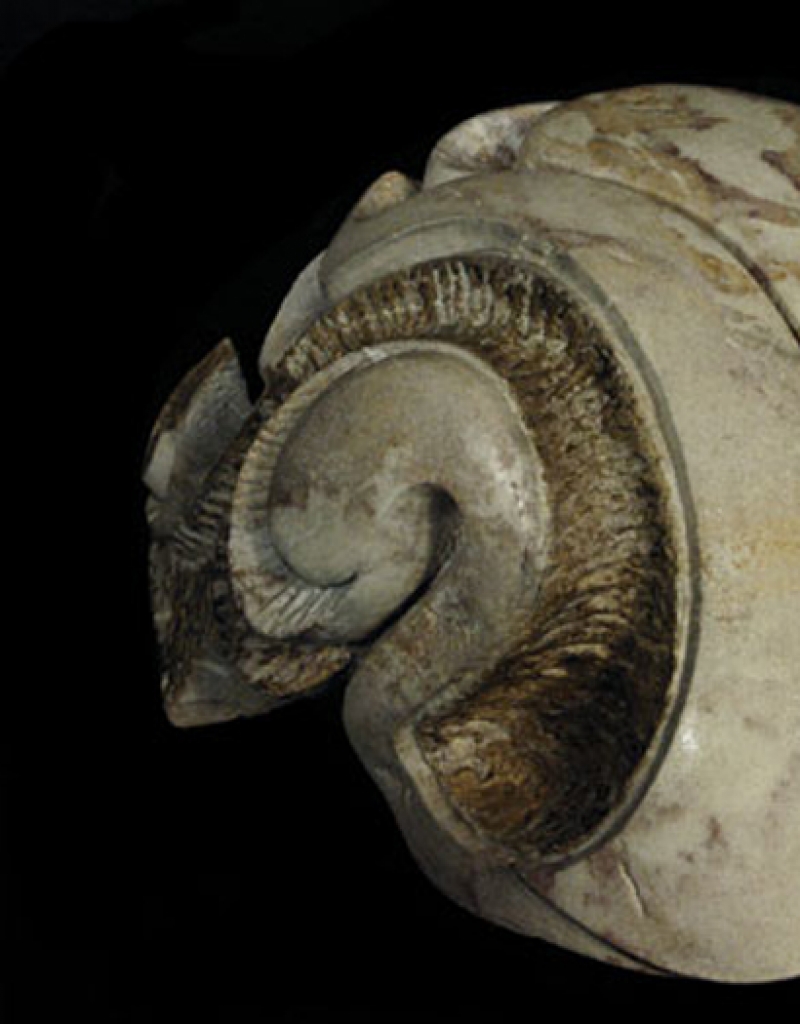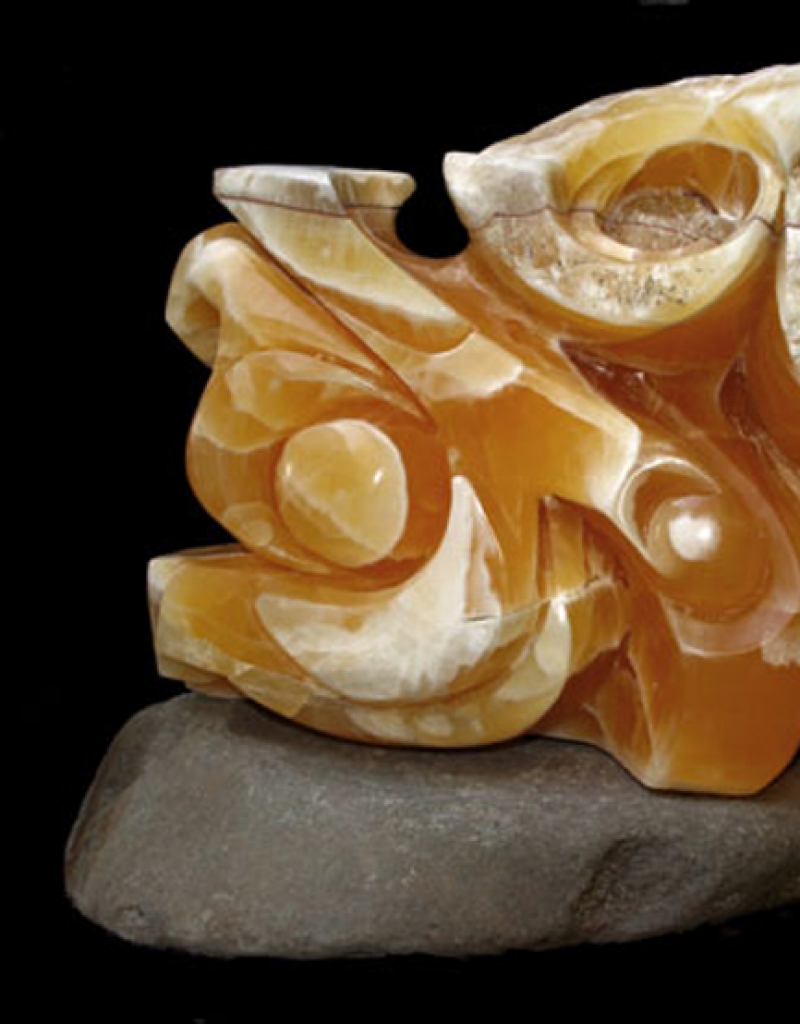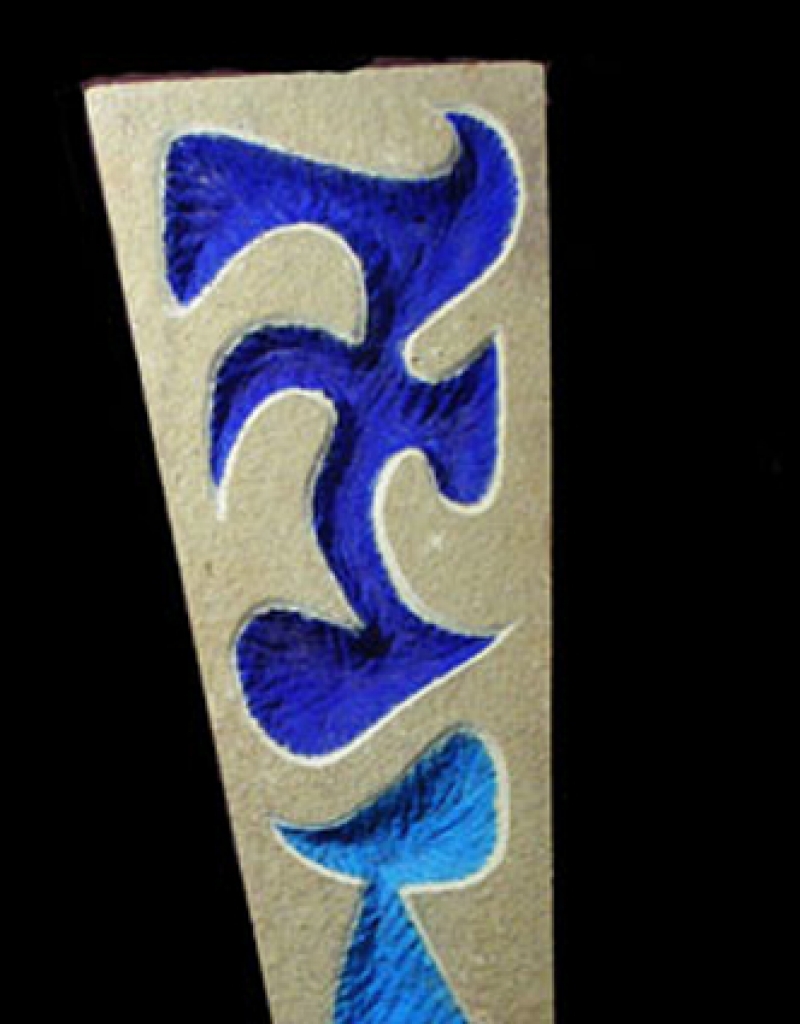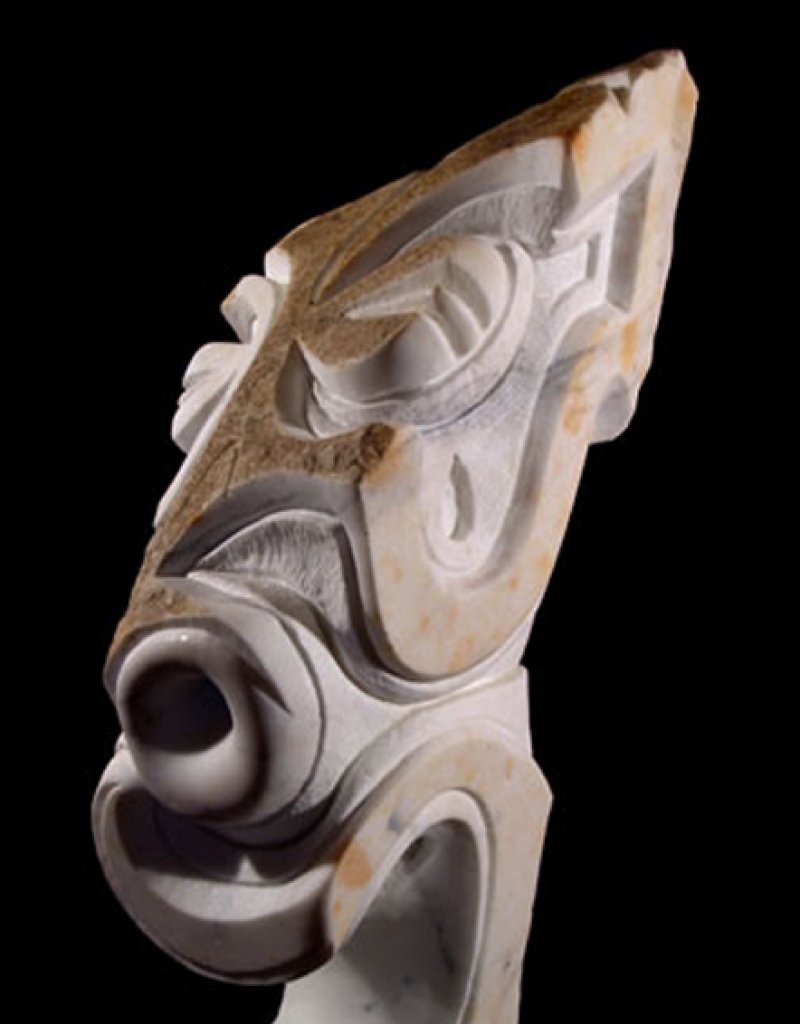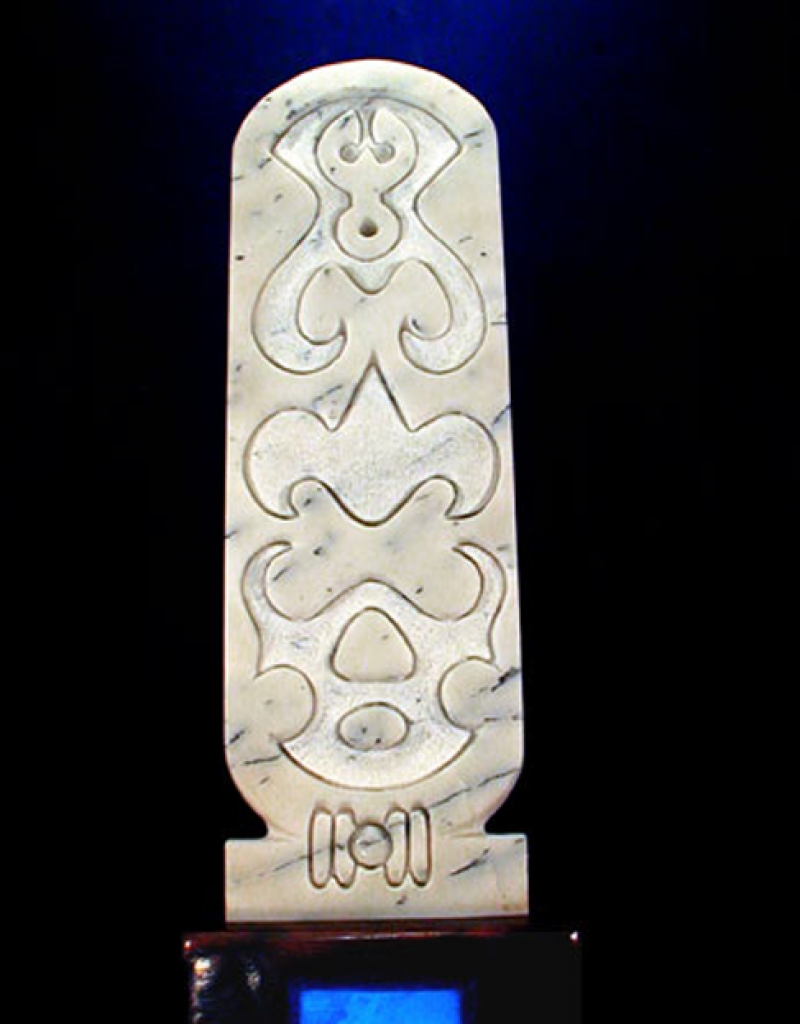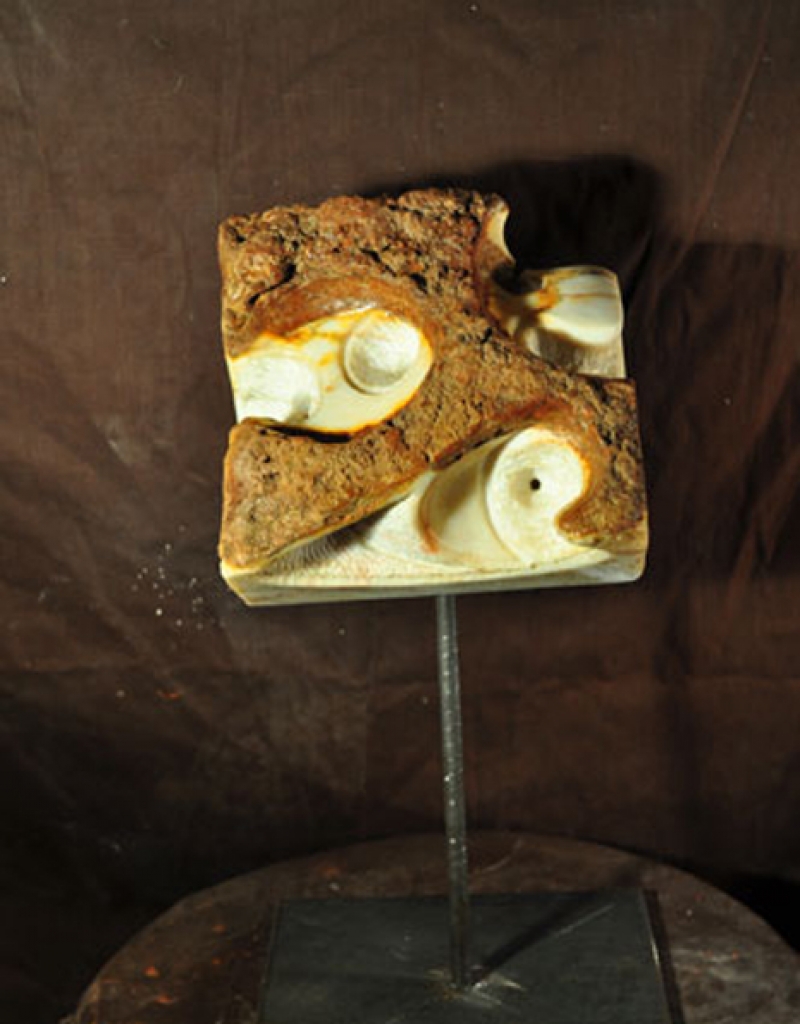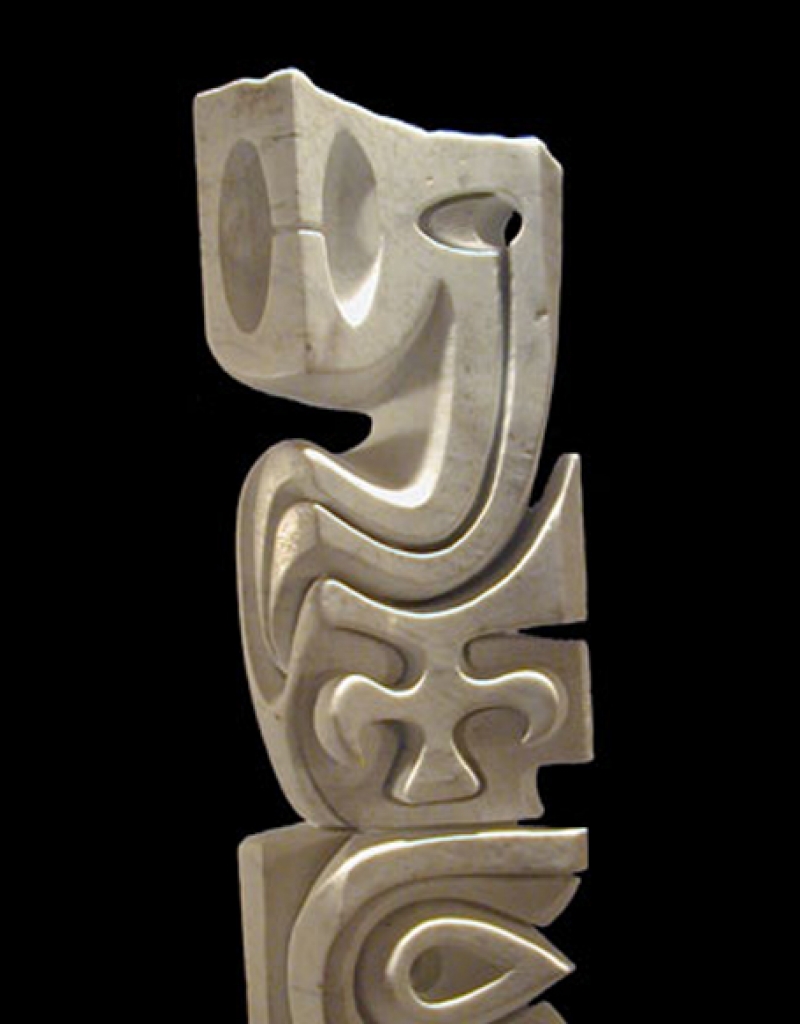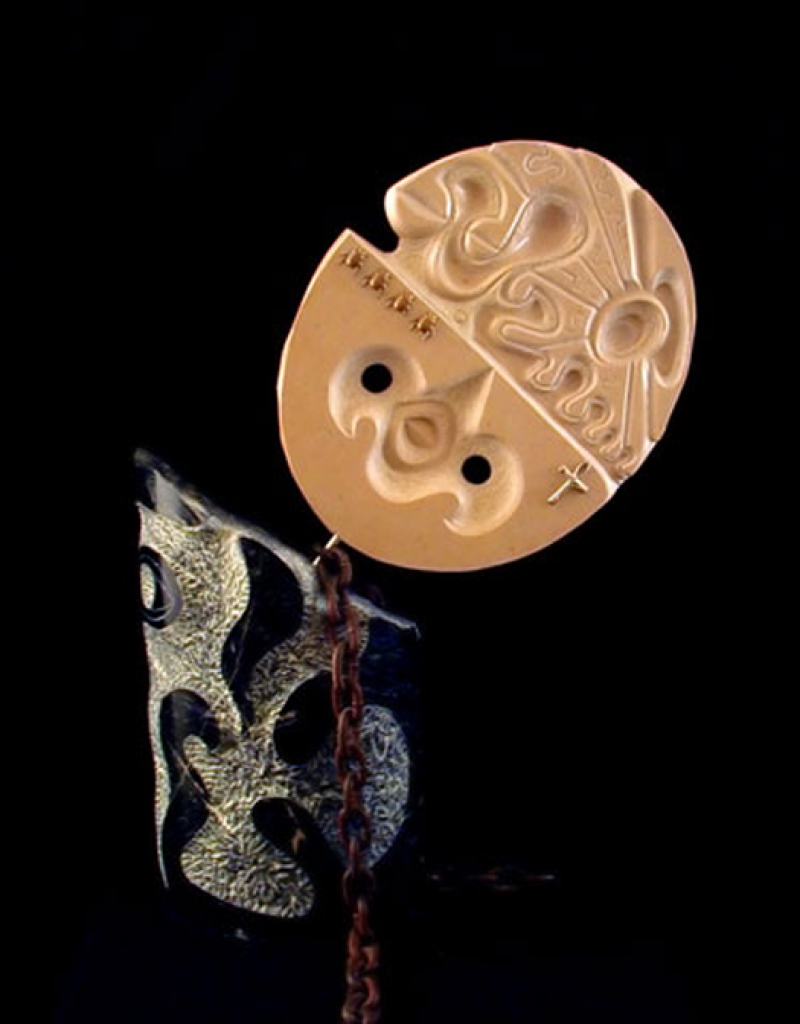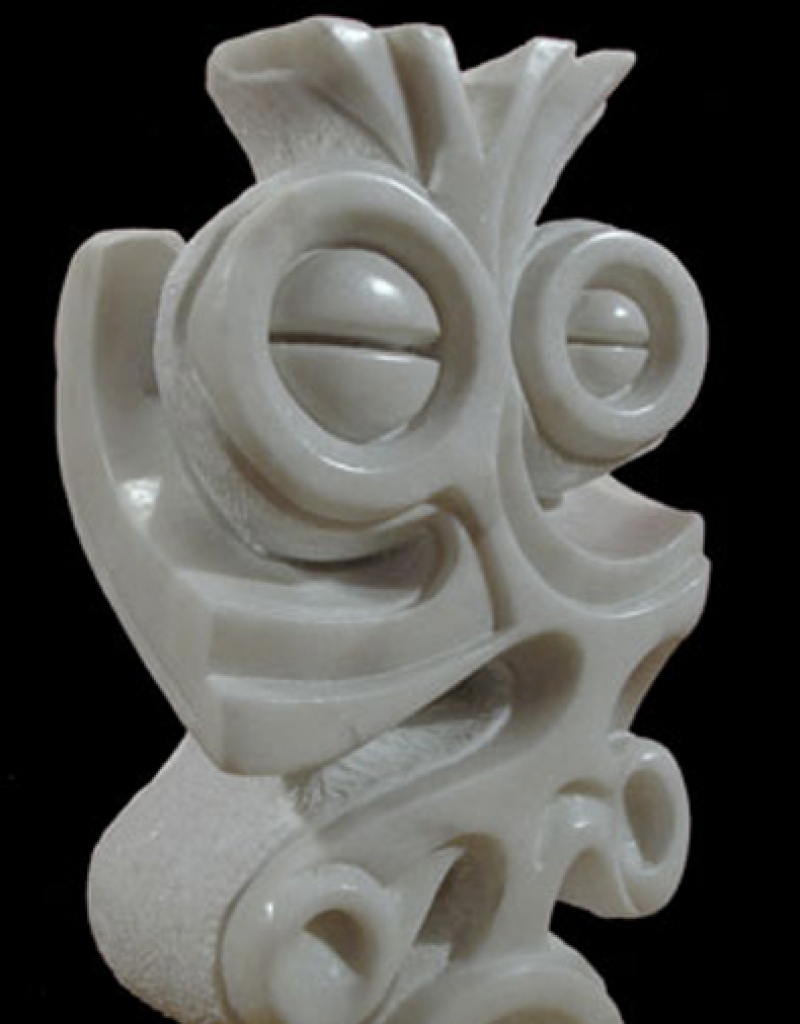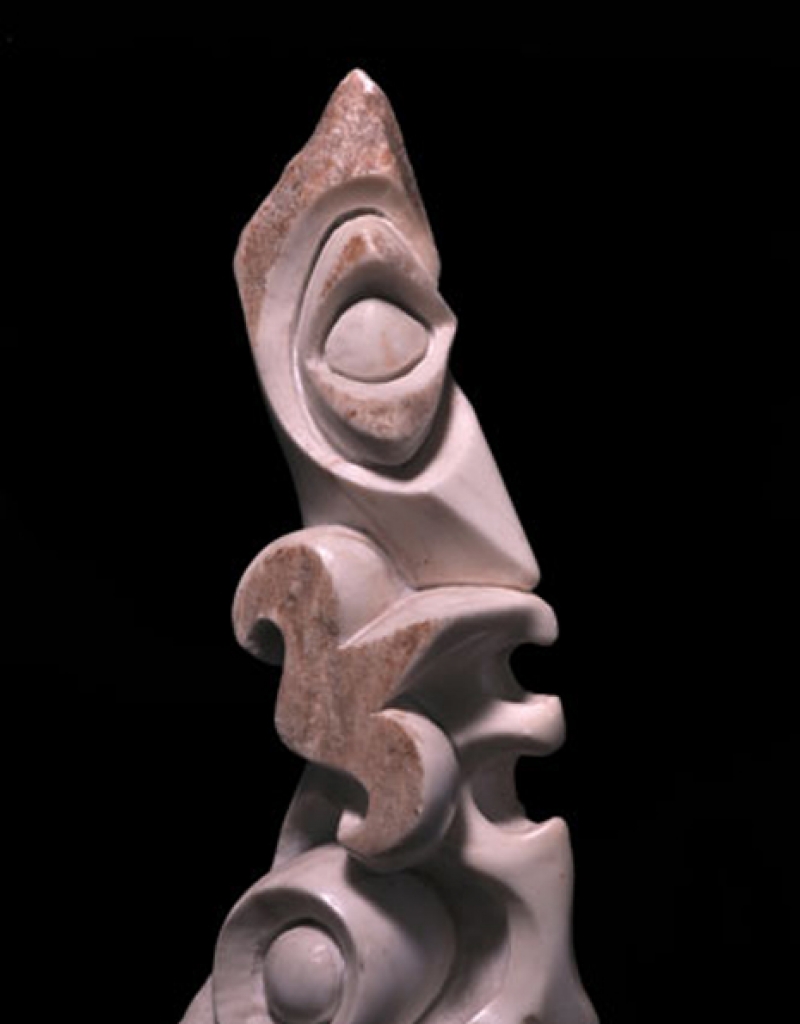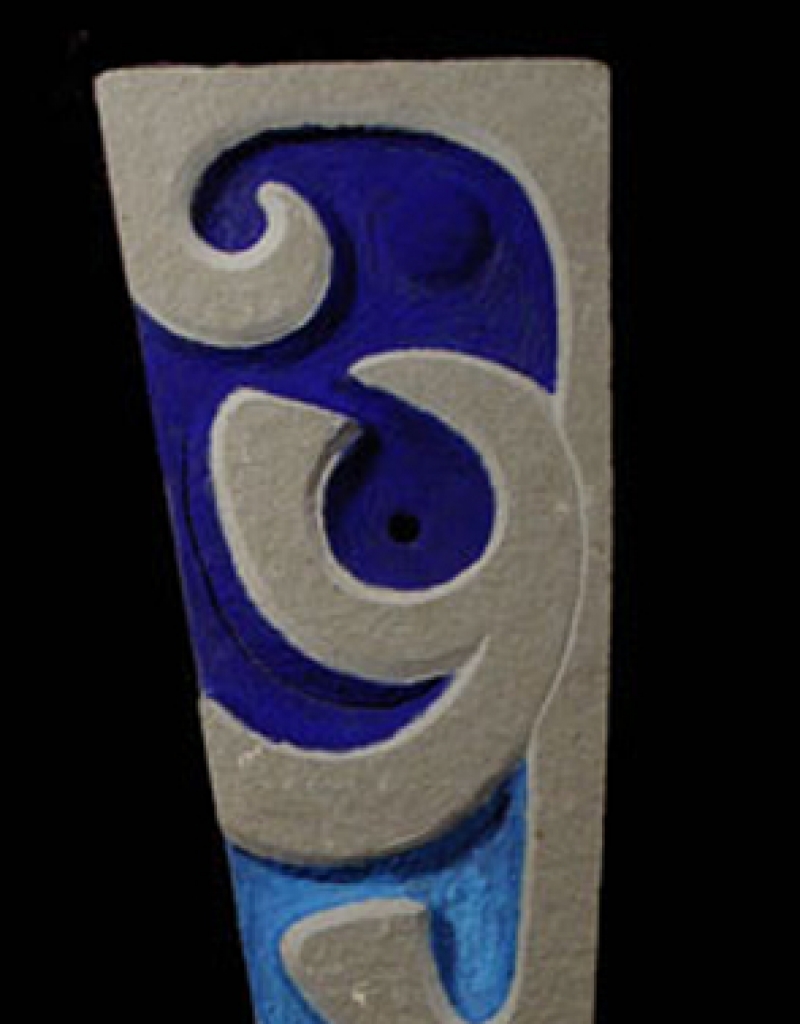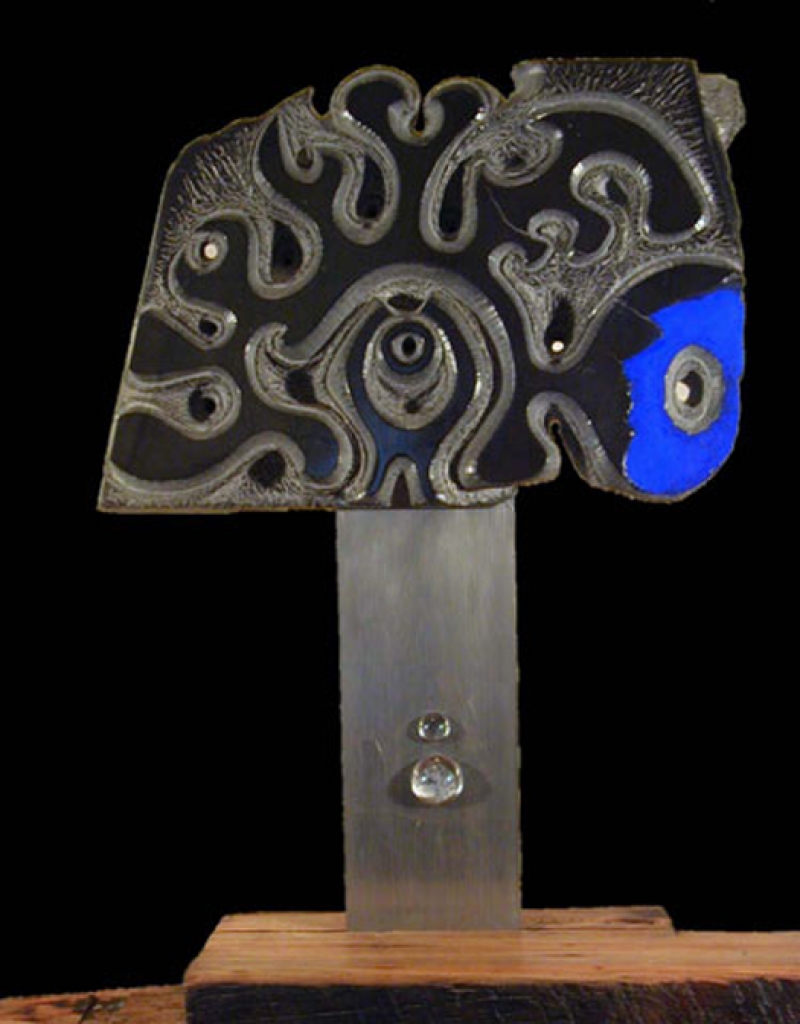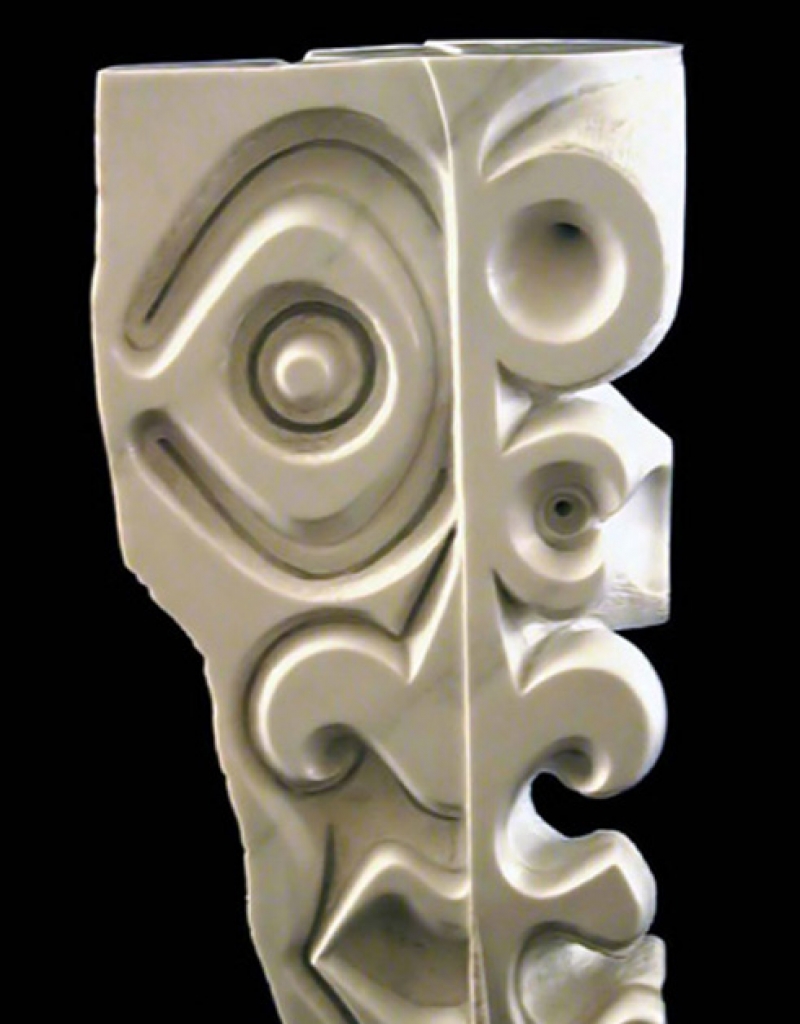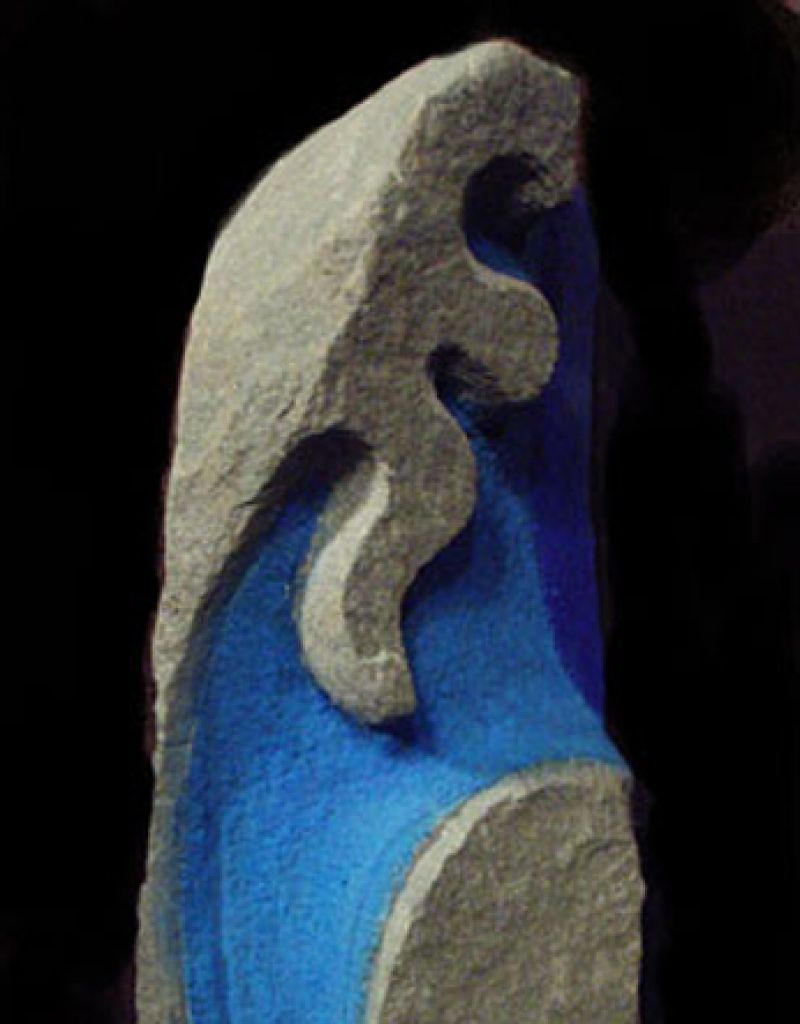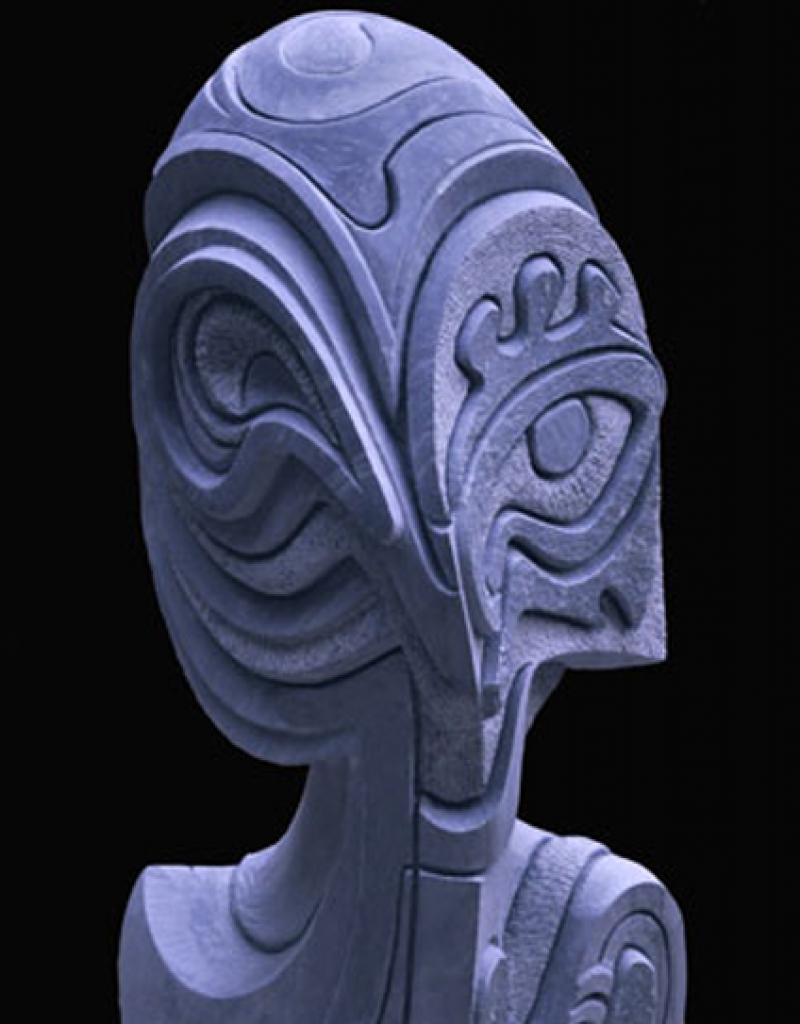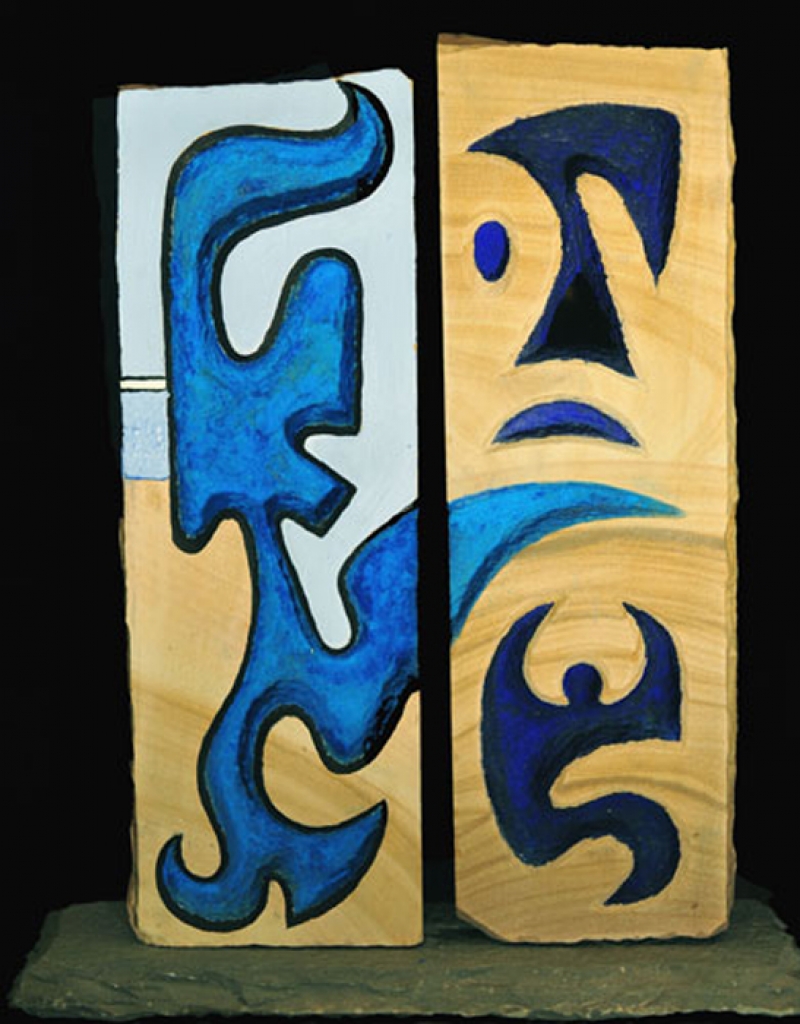
September 15 – October 27th, 2018
Featured Artists (year of membership)
Akili Ron Anderson (1979), Kevin Cole (2003), Adger Cowans (1978), Michael D. Harris (1979), Napoleon Jones-Henderson (founding member, 1968), James Phillips (1973), Frank Smith (1973), Nelson Stevens (founding member, 1968), and Renee Stout (2017)
artwork | artists | artists’ talk | photos | catalogue | about AFRICOBRA
Biographies of the Artists
Akili Ron Anderson
Born in 1946 in Washington, DC
Lives and works in Washington, DC
AfriCOBRA Member: 1979
Akili Ron Anderson studied at the Corcoran School of Art, Washington, DC (1964-65), and graduated from Howard University, Washington, DC (BFA 1969), (MFA 2008).
His solo exhibitions include Akili Ron Anderson: A Fifty Year Retrospective of Black Art and Life (2016; Hampton University Museum, Hampton, VA); Paintings for Projection (1973; The Corcoran Gallery of Art, Washington, DC); and solo exhibitions at The New Muse (1977; New York, NY); Miya Gallery (1975; Washington, DC); Weusi Gallery (1975; New York, NY); Bedford Stuyvesant Restoration Corp. (1975; New York, NY); Metropolitan Applied Research Center (1975; New York, NY); Howard University Gallery of Art (1973; Washington, DC); and Duke University (1969; Durham, NC)
Anderson’s work has been included in several group exhibitions, including AfriCOBRA Now: Works on Paper (2016; Hearne Fine Art, Little Rock, AR); It Takes a Nation: Art for Social Justice (2016; American University Museum, Washington, DC); From the Ashes: Rebirth of the Human Spirit (2014; The Pepco Edison Place Gallery, Washington, DC); We Speak the Souls of Ancestors (2013; DC Commission on the Art and Humanities, Washington, DC); Three Decades of American Printmaking: The Brandywine Workshop (2013; Philadelphia Museum of Art); AfriCOBRA Now: Contemporary American Works Rooted in Africa (2007; Hampton University Museum, VA); Art is Service of the Lord (1995; Schomburg Museum, New York, NY); and has shown at the Kreeger Museum (2011; Washington, DC); the Anacostia Museum (1999; Washington, DC); the Orlando Museum of Art (1997, Orlando, FL); and the F. Bader Gallery (1974; Washington, DC).
Kevin Cole
Born 1960 in Pine Bluff, AR
Lives and works in Atlanta
AfriCOBRA Member: 2003
Kevin Cole graduated from the University of Arkansas, Pine Bluff (BS 1982); the University of Illinois, Champaign (MA 1983); and Northern Illinois University, Dekalb (MFA 1985).
His solo exhibitions include Blanket Series (2018; Dinah Washington Cultural Art Center, University of Alabama, Tuscaloosa, AL); Sound tracks of Color (2017; Plano Art Center, Plano, TX); Living off the Wall (2014; 10th Street Gallery, St. Louis, MO); and Beneath the Sound of Color (2007; Hearne Fine Arts, Little Rock, AR).
Cole’s work has been included in group exhibitions, including Outside the Lines, (2013-2014; Contemporary Arts Museum Houston, Valerie Cassel Oliver, Curator, Houston, TX); Fragments of Frozen Sound (2008; Sande Webster Gallery, Philadelphia); In Context: The Language of Abstraction (2008; Abrons Arts Center, New York); AfriCOBRA Now: Contemporary American Works Rooted in Africa (2007; Hampton University Museum, VA); Kevin Cole and Alonzo Davis (2206; Old Dillard Museum, Fort Lauderdale, FL); Different Way of Seeing (2006; Noyes Museum of Art, Oceanville, NJ) and Absence of Color (2001; Philadelphia Museum of Art).
In 2018, Kevin Cole was inducted into the Arkansas Black Hall of Fame.
Adger Cowans
Born in 1936 in Columbus, OH
Lives and works in New York, NY
AfriCOBRA Member: 1978
Adger Cowens graduated from Ohio University (BFA, 1958).
His solo exhibitions include Running Deep (2007; Philips Museum of Art, Lancaster, PA); Adger Cowans (2005; Hearne Fine Art Gallery, Little Rock, AR); Adger Cowans (2001; Ronald M. Ollie Collection); Captured Moments (1989; June Kelly Gallery, New York, NY); Adger Cowans (1989; Gordon Parks Gallery, Yonkers, NY); Adger Cowans (1963; Raymond Kerr Gallery, New York, NY); Moments (1981; Greenspace Gallery, New York, NY); Adger Cowans (1977; Jade Gallery, Pittsburgh, PA); Adger Cowans (1975; Shado Gallery, Oregon City, OR); Adger Cowans (1967; Friends Gallery (James Van Der Zee) New York, NY); and Adger Cowans (1965; Heliography Gallery, New York, NY)
Cowans’s work has been included in several group exhibitions, including Audioacity: Music as Muse (2011; Sande Webster Gallery, Philadelphia, PA); Elements of Soul (2011; Chashama Gallery, New York, NY); Two Decades of Excellence (2008-09; Hearne Fine Arts Gallery, Little Rock, AR); Apart Together (2008; A.P. Garcia Gallery, New York, NY); AfriCOBRA: Contemporary American Work Rooted in Africa (2007; Hampton University Museum, Hampton, VA); Committed to the Image: Contemporary Black Photography (2001; Brooklyn Museum of Art, New York, NY); A History of African-American Photography (1999-2000; The Smithsonian Institution; Washington, DC); Locating the Spirit; Religion and Spirituality in African-American Art (1999; Anacostia Museum, Washington, DC); and he has shown at The Studio Museum in Harlem (1973; New York, NY); and the George Eastman Gallery House (1963; Rochester, NY).
Michael D. Harris
Born in 1948 in
Lives and works in Atlanta
AfriCOBRA Member: 1979
Dr. Michael D. Harris graduated from Bowling Green State University (BS, 1971), Howard University (MFA, 1979), Yale University (MA, African American Studies, 1989), (MA, History of Art, 1990), (M.Phil, History of Art, 1991), (PhD, 1996).
His solo exhibitions include Art Portraits/Portraits of the Artist (2017-2018; September Gray Gallery, Atlanta, GA); Equal Rites: The Art of Michael D. Harris (2011-2012; Hammonds House Galleries, Atlanta, GA); Blues People (2005; The Beach Institute, Savannah, GA); and Letters from Home (2004; Sonja Hanes Center for Black Culture, University of North Carolina, Chapel Hill, NC).
Harris’s work has been included in several group exhibitions, including Portraits of Who We Are (2018; David Driskell Center, University of Maryland ); AfriCOBRA Now: Works on Paper (2016; Hearne Fine Art, Little Rock, AR); AfriCOBRA: Art for the People (2015; Harvey B. Gantt Center for African American Art and Culture); 2ATW: Two Artists, Two Works (2014; Center for the Art of Africa and It’s Diaspora, University of Texas, Austin); AfriCOBRA: Art and Impact (2013; The DuSable Museum, Chicago, IL); Artifical Afrika (2006; Gigantic Art Space, New York, NY); The Road In Sight: Contemporary Art in North Carolina (2005; Duke University, Durham, NC); Blackness in Color: Visual Expressions of the Black Arts Movement (2000; Herbert F. Johnson Museum of Art, Cornell University); Three Shades of Black (2000; Denver Art Museum, CO); AfriCOBRA and Group Fromaje, Esthetique Universelle, Universal Aesthetics (1989; Howard University, Washington, DC); and An Exhibition of Photographs Selected From Black Photographer’s Annual Volume II (1974; Studio Museum in Harlem, New York, NY).
Dr. Michael D. Harris was also named to the list of curators and scholars, “25 Who Made A Difference,” in the fall 2001 issue of International Review of African American Art.
Napoleon Jones-Henderson
Born in 1943 in Chicago, IL
Lives and works in Roxbury, MA
AfriCOBRA Member: (founding member, 1968)
Napoleon Jones-Henderson studied at the Sorbonne Student Continuum-Student and Artists Center, Paris, France (1963), and Northern Illinois University (1974). He graduated from the Art Institute of Chicago (BFA, 1971), and the Maryland Institute College of Art (MFA, 2005).
His work has been included in several group exhibitions, including AfriCOBRA Now: Works on Paper (2016; Hearne Fine Art Gallery, Little Rock, AR); For Whom It Stands, Too (2014; Star-Spangled Banner Flag House & Museum, Baltimore, MD); AfriCOBRA: Art and Impact (2013; The DuSable Museum of African American History, Chicago, IL); AfriCOBRA: Revolutionary Images (2007; Hampton University Museum, Hampton, VA); Living Legends (2007; King Arts Complex, Columbus, OH); and has exhibited at the Ohio Crafts Museum (2014; Columbus, OH); Museum of Afro-American Art and Culture (2006; Philadelphia, PA); Rhode Island College (2006; Providence, RI); the Maryland Federation of Artists (2005; Baltimore, MD); and the Maryland Institute College of Art (2005; Baltimore, MD). His solo show, Showin Up and Showin Out, was featured at the Roxbury Community College (2016; Roxbury, MA).
Jones-Henderson’s work has also been acquired by numerous institutional collections, including the Brooklyn Museum, DuSable Museum of African American History, the Studio Museum in Harlem, the Schomburg Center for Research in Black Culture, and the Brandywine Print Archive.
James Phillips
Born 1945 in Brooklyn
Lives and works in Baltimore
AfriCOBRA Member: 1973
James Phillips studied at the Fleisher Art Memorial School, Philadelphia (1960s), the Philadelphia College of Art (1964-65), and the Maryland Institute College of Art, Baltimore (MFA 1998).
His solo exhibitions include Homecoming: Da Homey Comes Home: Works by James Phillips (2012; Africa House, Lynchburg, VA); Works on Paper (1996; Parish Gallery, Washington DC); The Awesome Image: Old and New Paintings by James Phillips (1995; Hampton University Museum, VA); James Phillips (1991; Harrison Museum of African American Culture, Roanoke, VA); and James Phillips, AfriCobra Abstractionist (1991; Hammond House, Atlanta).
Phillip’s work has been featured in several group exhibitions, including Outside the Lines, (2013-2014; Contemporary Arts Museum Houston, Valerie Cassel Oliver, Curator, Houston, TX); AfriCobra and the Chicago Black Arts Movement (2010; Dittmar Memorial Gallery, Northwestern University, Evanston, IL); Silent Voices, Loud Echoes (2006; African American Historical and Cultural Museum, Philadelphia); Black Art, Ancestral Legacy: The African Impulse in African American Art (1989; Dallas Museum of Art); Tradition and Conflict, 1963-1973 (1985; Studio Museum in Harlem, New York); and Directions in Afro American Art (1974; Herbert F. Johnson Museum of Art, Cornell University, Ithaca, NY).
Works in are in the permanent collection of the Smithsonian National Museum of African American History and Culture and University of Maryland University College.
Frank Smith
Born 1939 in Chicago
Lives and works in Rock Cave, WV
AfriCOBRA Member: 1973
Frank Smith graduated from the University of Illinois, Chicago (BFA 1958), and Howard University, Washington, D.C. (MFA 1972).
His work has been featured in several group exhibitions, including Outside the Lines, (2013-2014; Contemporary Arts Museum Houston, Valerie Cassel Oliver, Curator, Houston, TX); AfriCOBRA: Art & Impact (2013, DuSable Museum of African American History, Chicago, IL); Beyond: a Symposium on the Impact of the Black Power Movement on America (2009; Smithsonian National Museum of African American History & Culture, Washington, DC); Moments in Time (2005; Banneker-Douglass Museum, Washington, DC); African American Expressions (1995; Japan Information & Cultural Center, Washington, DC); African American Abstraction in Printmaking (1991; Chicago Cultural Center, Chicago, IL); Since the Harlem Renaissance: Fifty Years of Afro-American Art (1985: Bucknell Center Gallery, Bucknell University, Lewisburg, PA); and AfriCOBRA: The First Twenty Years (1990; Nexus Contemporary Art Center, Atlanta, GA).
His work has also been acquired by numerous institutional collections, including the Brooklyn Museum, the National Museum of African American History, National Endowment for the Arts, and the U.S. Department of State.
Nelson Stevens
Born in 1938 in Brooklyn, NY
Lives and works in Owings Mills, MD
AfriCOBRA Member: (founding member, 1968)
Nelson Stevens graduated from Ohio University (BFA, 1962) and Kent State University (MFA, 1969)
His work has been included in several group exhibitions, including Soul of a Nation; Art in the Age of Black Power (2017; Tate Modern, London, UK); Constructing Identity (2017; Portland Museum of Art, Portland, OR); AfriCOBRA: The First 29 Years Traveling Exhibition (1990; Lee Hall Gallery, Clemson University, Clemson, SC); AfriCOBRA and Group Fromaje, Esthetique Universelle, Universal Aesthetics (1989; Howard University, Washington, DC); AfriCOBRA IV (1977; Afro-American Historical and Cultural Museum, Philadelphia, PA); and his work has been shown at, the Studio Museum in Harlem (1973; New York, NY); the Center for African American Art (1972; Boston, MA); the Carnegie Mellon Institute (1972; Pittsburgh, PA); and the Museum of African & African-American Art (1980; Buffalo, NY).
His early and more recent works have been collected by the Smithsonian National Museum of African American History and Culture, Kent State University, Fisk University, Karamu House in Cleveland, the Chicago Institute of Art, and the Brooklyn Museum.
Renée Stout
Born in 1958 in Junction City, KS
Lives and works in Washington, DC
AfriCOBRA Member: 2017
Renée Stout graduated from Carnegie Mellon University, Pittsburg, PA (BFA 1980).
Her solo exhibitions include Funk Dreamscapes from the Invisible Parallel Universe: Renée Stout (2018; John Michael Kohler Arts Center, Sheboygan, WI); Journal: Book One (2007; Hemphill Fine Arts, Washington, DC); Church of the Crossroads (2006; The Arts Center, St. Petersburg, FL); Fragments of a Secret Life (2005; Hemphill Fine Arts, Washington, DC); Readers, Advisors, and Storefront Churches (2005; The Ogden Museum, New Orleans, LA); Dueling Dualities (1997; Steinbaum Krauss Gallery, New York, NY); Astonishment and Power: Kongo Minkisi and the Art of Renee Stout (1993; The National Museum of African Art, Smithsonian Institution, Washington, DC); and Chapel Gallery (1987; Mount Vernon College, Washington, DC).
Stout’s work has been included in several group exhibitions, including SO ARTICULATE: Black Women Artists Reclaim the Narrative (2008; Arlington Arts Center, Arlington, VA); The Book as Art: Twenty Years of Artist’s Books from The National Museum of Women in the Arts (2006; The National Museum of Women in the Arts, Washington, DC); Paper Trail: African American Works on Paper (2006; High Museum, Atlanta, GA); Drawn to Representation (2005; Corcoran Gallery of Art, Washington, DC); The View From Here (2000; State Tretyakov Gallery, Moscow, Russia); Postcards from Black America (1998; The De Beyerd Museum, Holland, Netherlands); Metaphysical Metaphors (1994; The High Museum of Art, Atlanta, GA); and Site-seeing: Travel and Tourism in Contemporary Art (1991; The Whitney Museum of American Art Downtown at Federal Reserve Plaza, New York, NY).

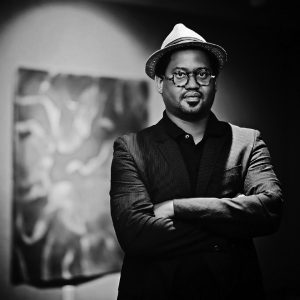
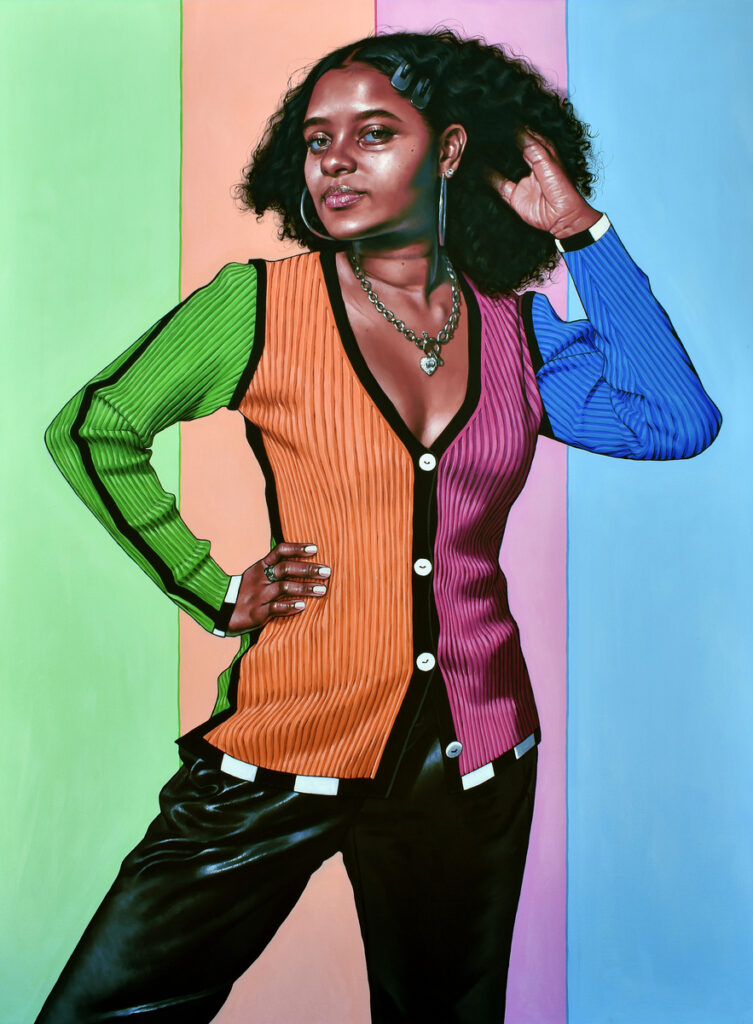 Monica Ikegwu, the hyper-realist portrait painter, captivates audiences with her unparalleled ability to breathe life into canvas through meticulous attention to detail. With a masterful command over the brush, Ikegwu transforms ordinary moments into extraordinary works of art, seamlessly capturing the essence and emotion of her subjects. Her hyper-realistic portraits not only showcase technical brilliance but also reveal a profound understanding of human expression, allowing viewers to connect deeply with the stories embedded in each stroke. Ikegwu’s art stands as a testament to her unwavering commitment to pushing the boundaries of realism, leaving an indelible mark on the world of contemporary portraiture.
Monica Ikegwu, the hyper-realist portrait painter, captivates audiences with her unparalleled ability to breathe life into canvas through meticulous attention to detail. With a masterful command over the brush, Ikegwu transforms ordinary moments into extraordinary works of art, seamlessly capturing the essence and emotion of her subjects. Her hyper-realistic portraits not only showcase technical brilliance but also reveal a profound understanding of human expression, allowing viewers to connect deeply with the stories embedded in each stroke. Ikegwu’s art stands as a testament to her unwavering commitment to pushing the boundaries of realism, leaving an indelible mark on the world of contemporary portraiture.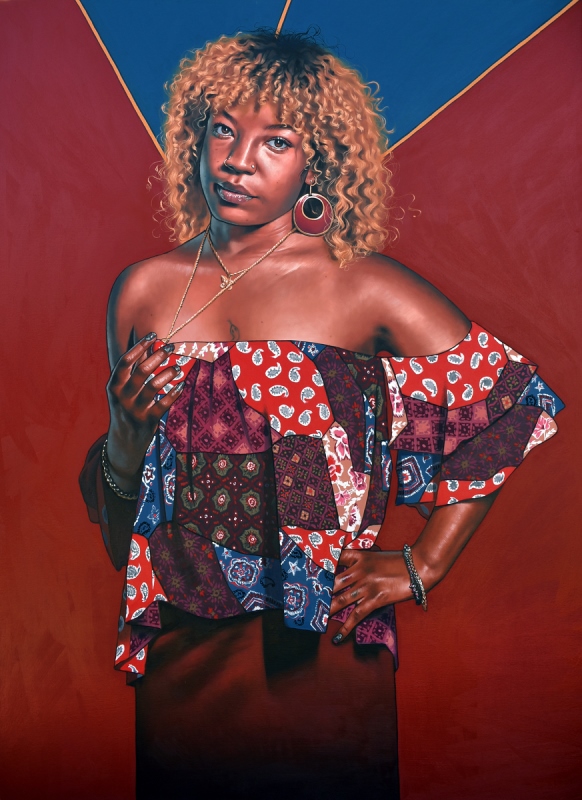 The primary focus of my work is African American youth and current fashion trends as a form of celebrating the Black aesthetic and self-identity. I strive to capture the essence of my subjects through photo-realistic portraits. Applying oil to canvas, I enhance the figure by rendering dramatic textured backgrounds with hues complementing their clothing and flesh tones.
The primary focus of my work is African American youth and current fashion trends as a form of celebrating the Black aesthetic and self-identity. I strive to capture the essence of my subjects through photo-realistic portraits. Applying oil to canvas, I enhance the figure by rendering dramatic textured backgrounds with hues complementing their clothing and flesh tones.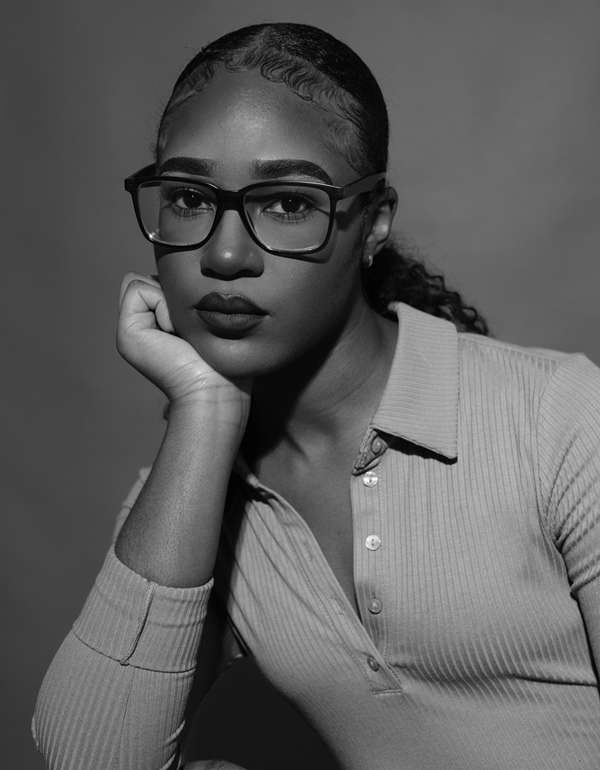 Monica Ikegwu (b.1998, Baltimore, Maryland) is a figurative painter. Ikegwu earned a BFA from the Maryland Institute College of Art and an MFA from the New York Academy of Art.
Monica Ikegwu (b.1998, Baltimore, Maryland) is a figurative painter. Ikegwu earned a BFA from the Maryland Institute College of Art and an MFA from the New York Academy of Art.